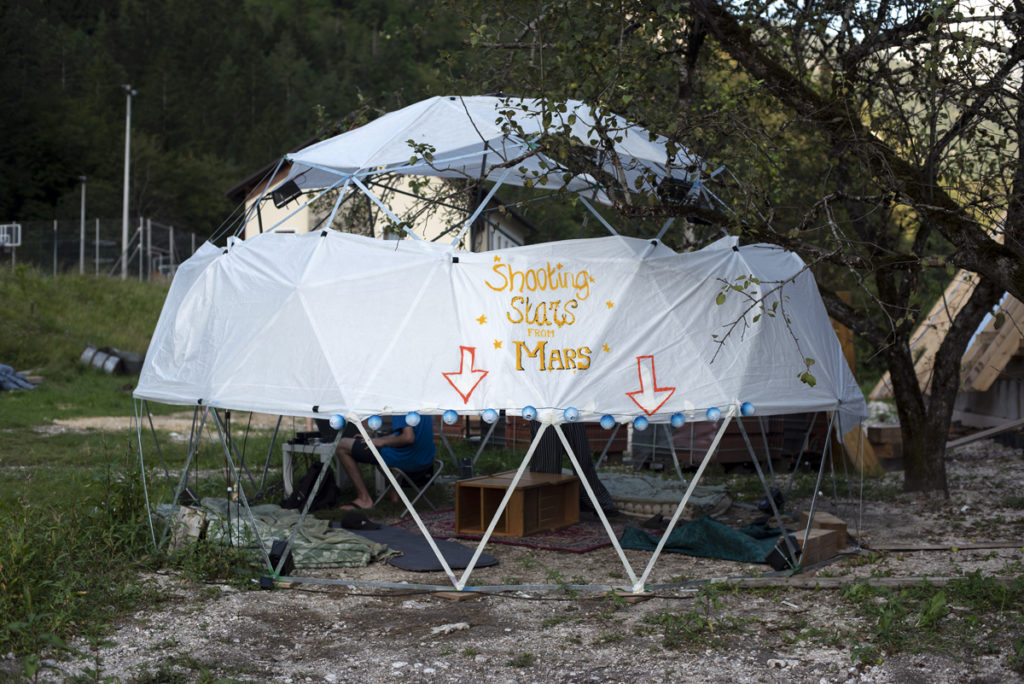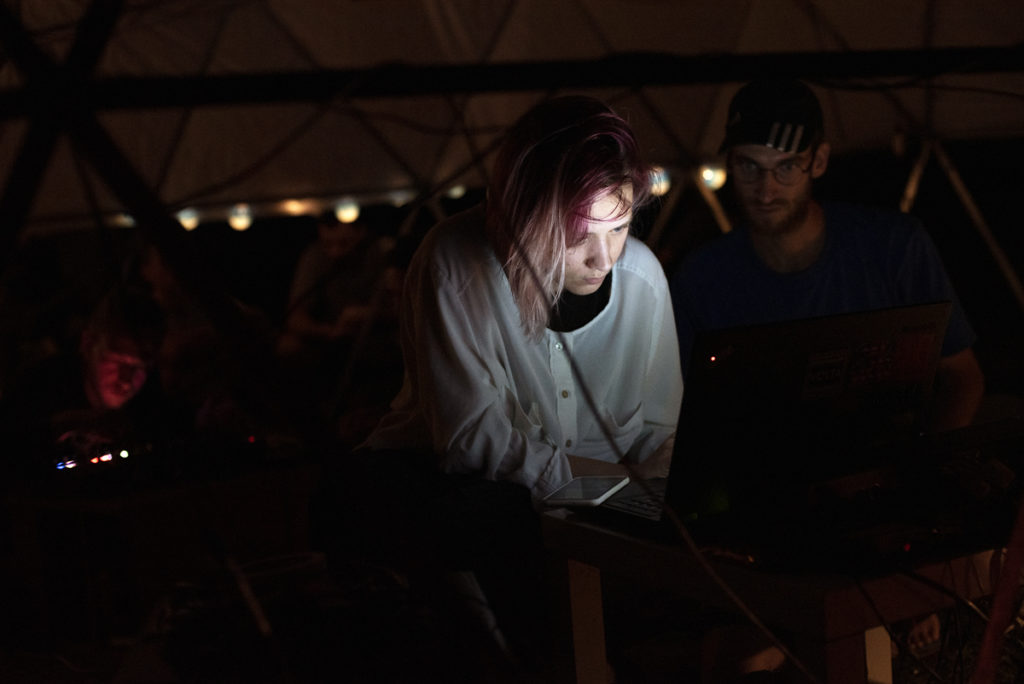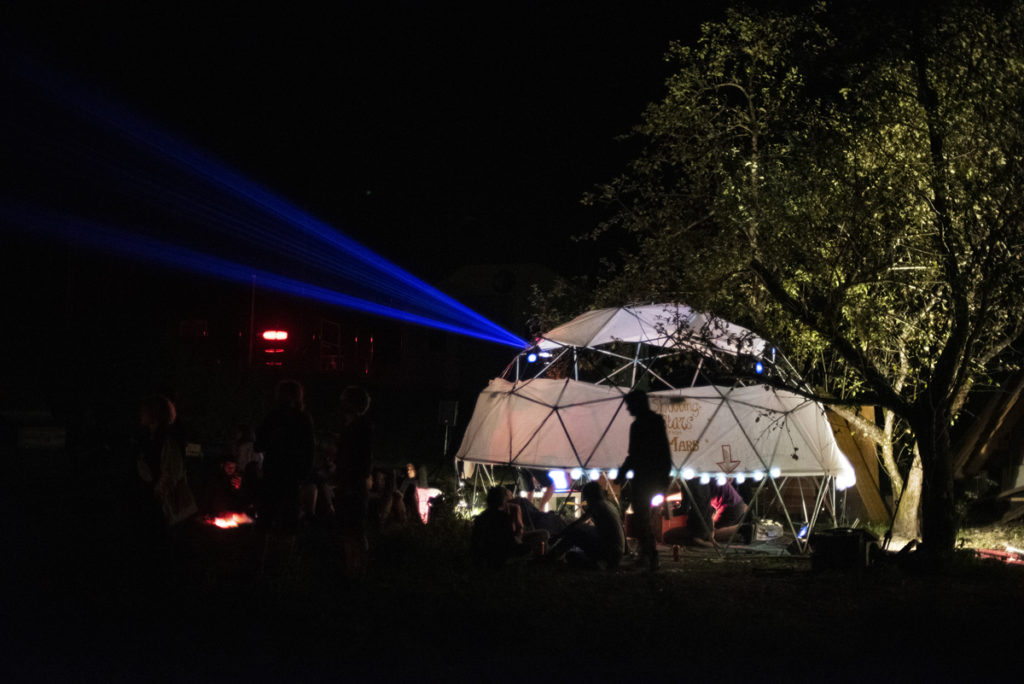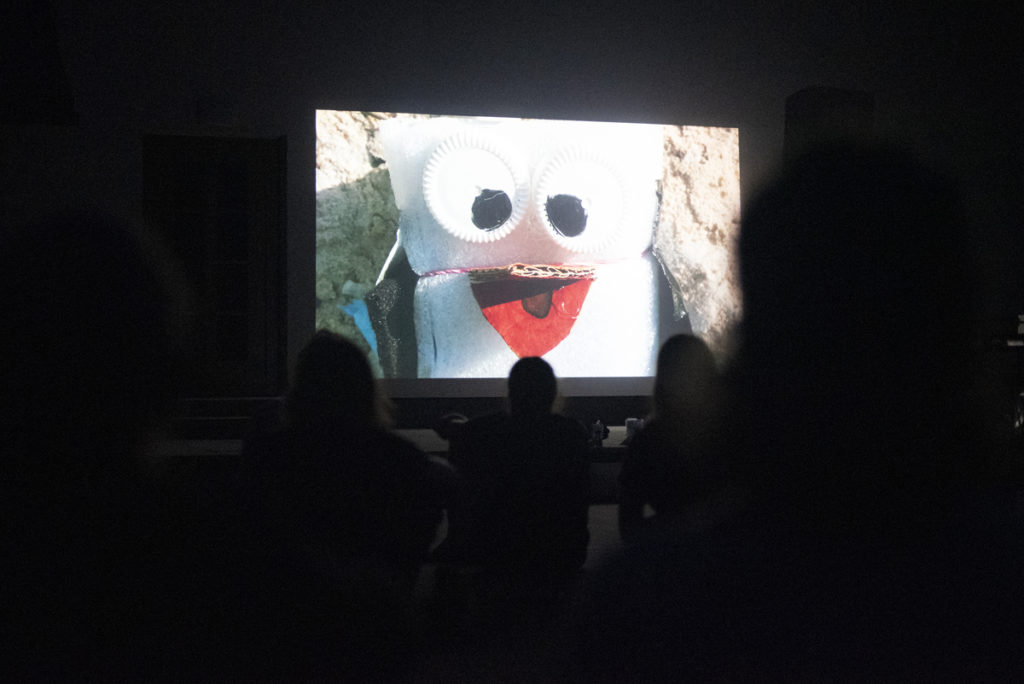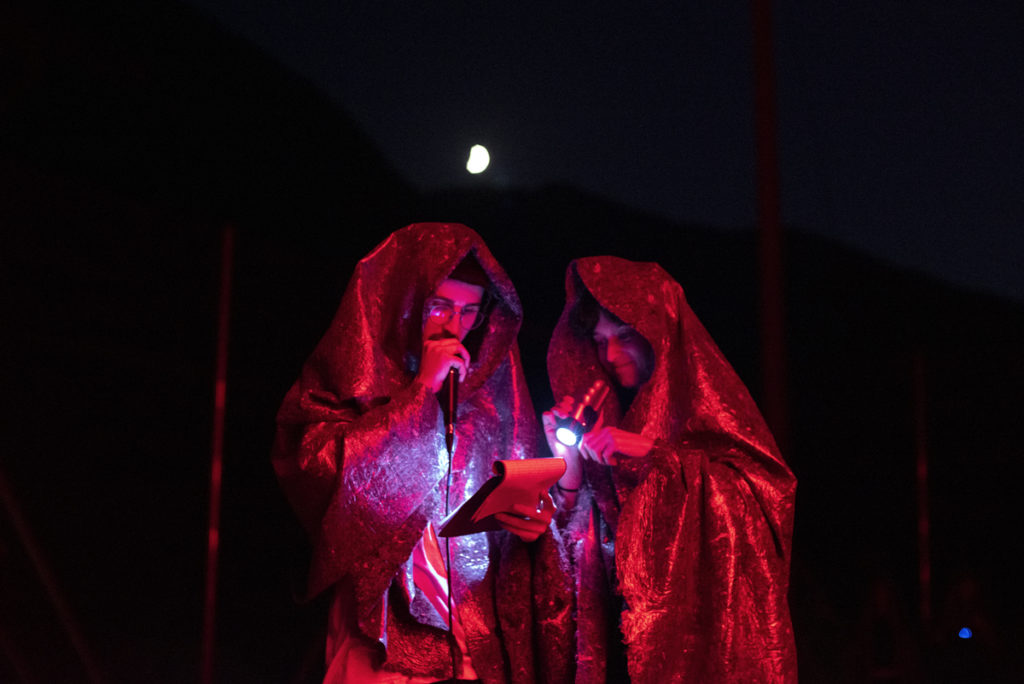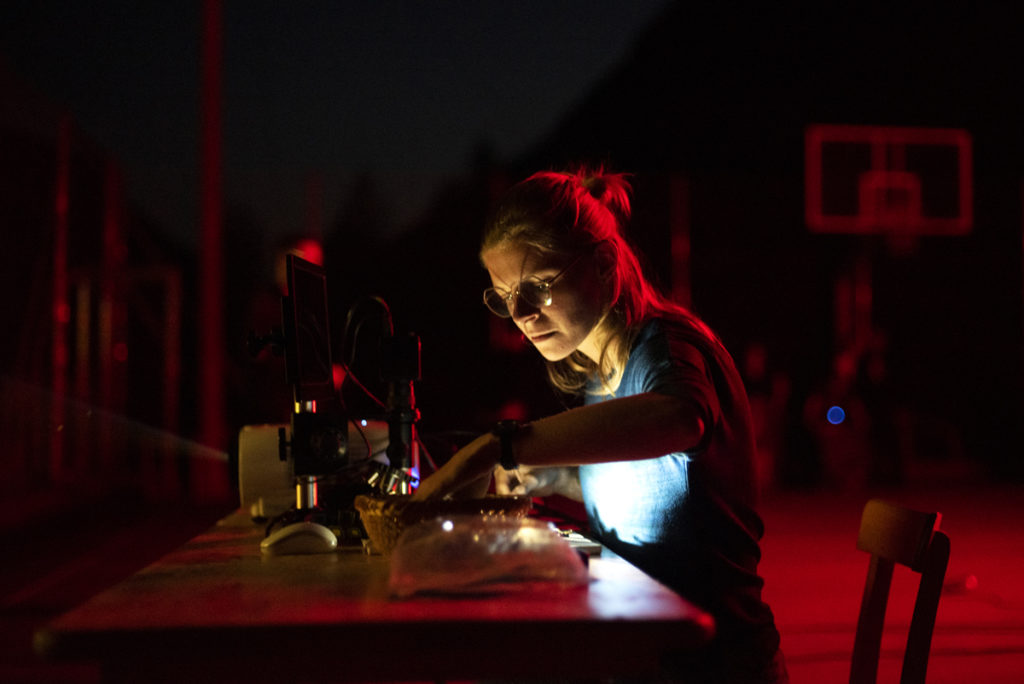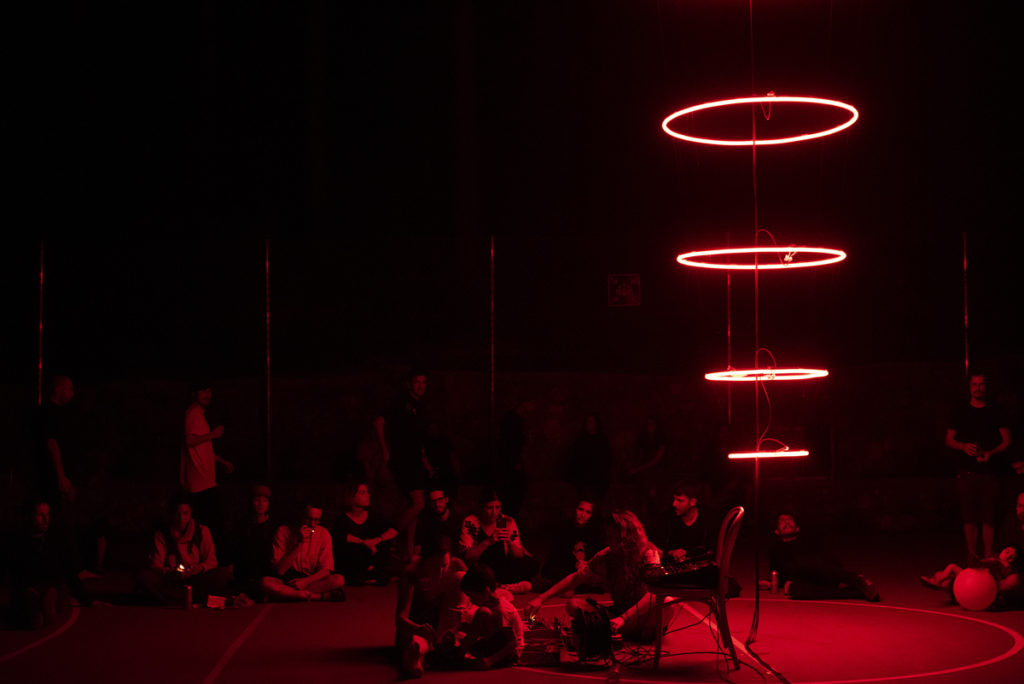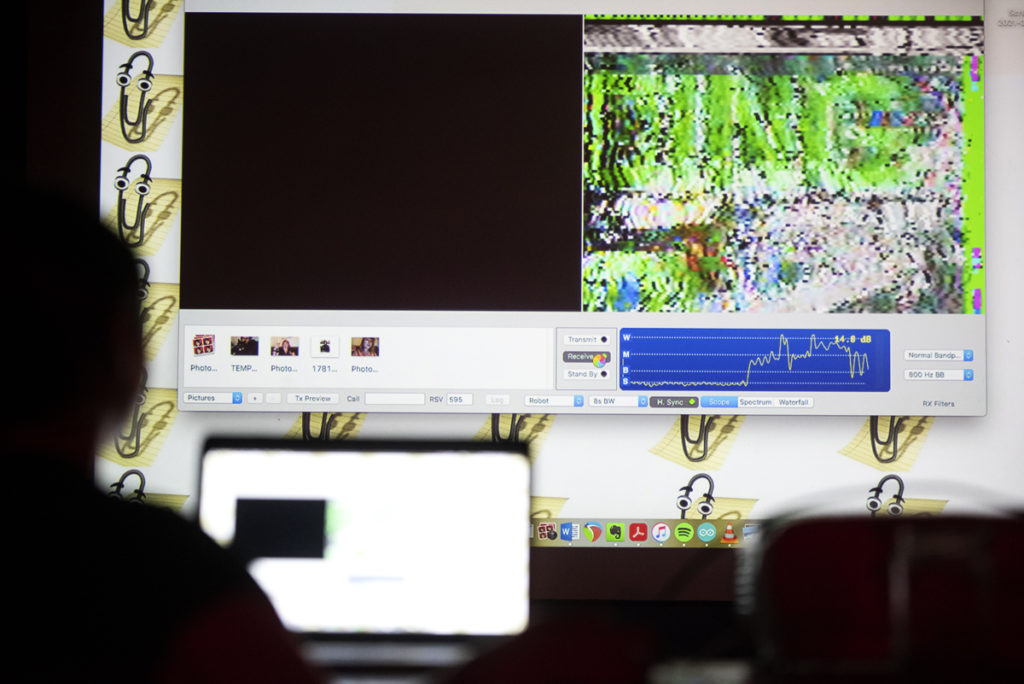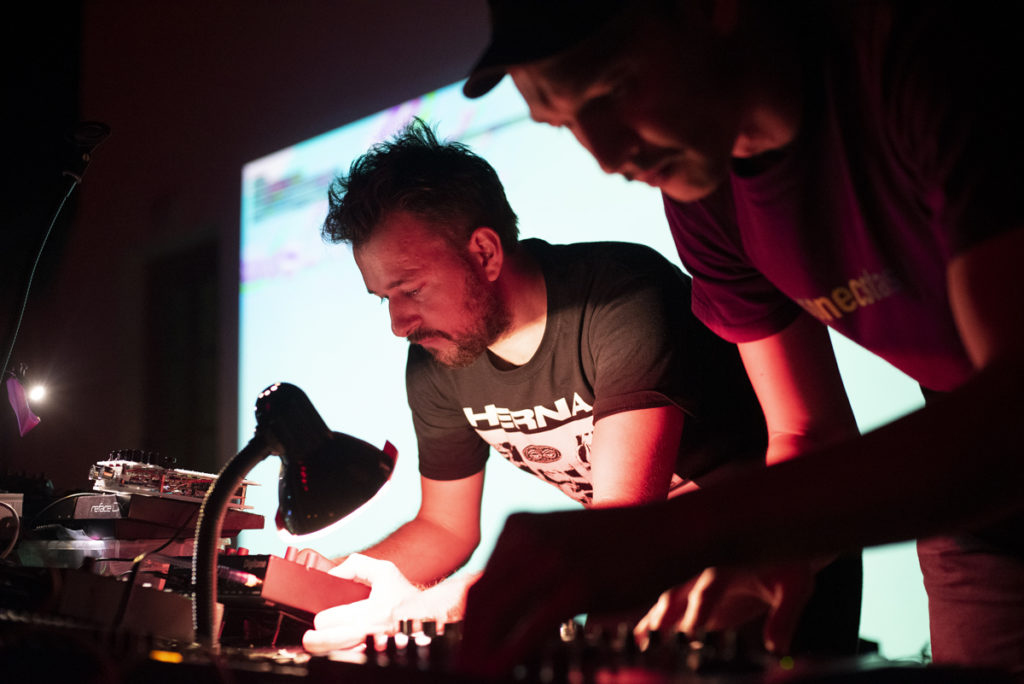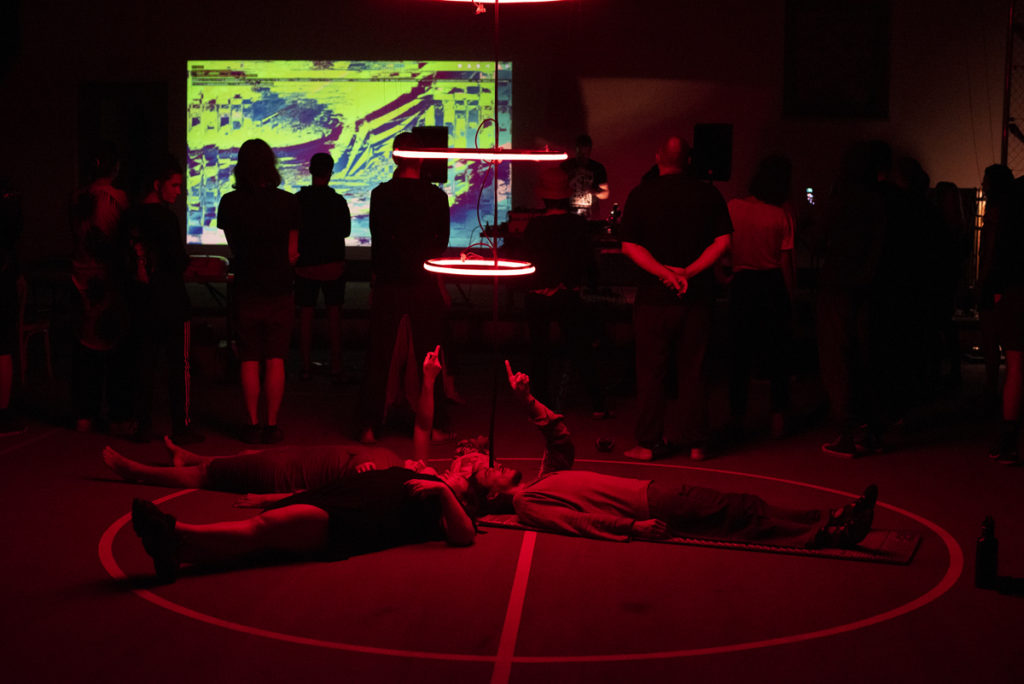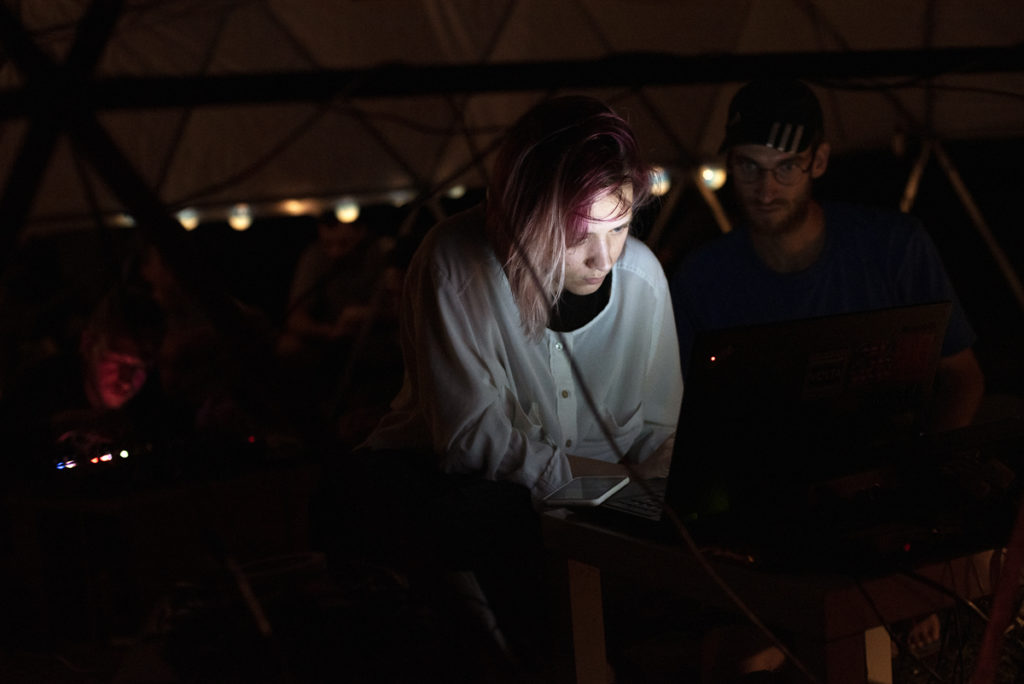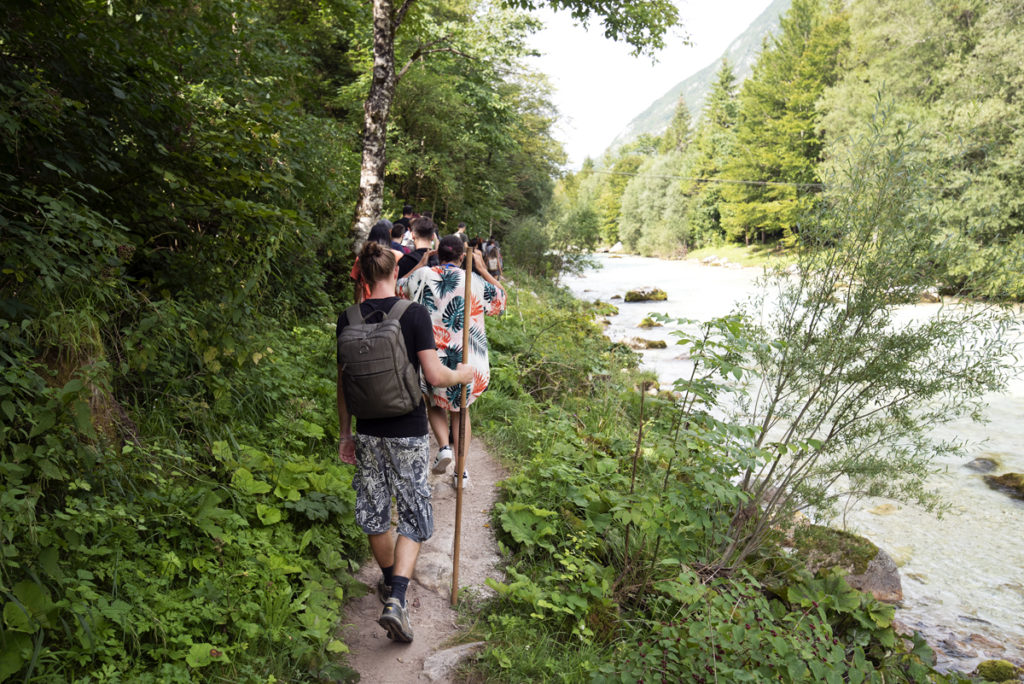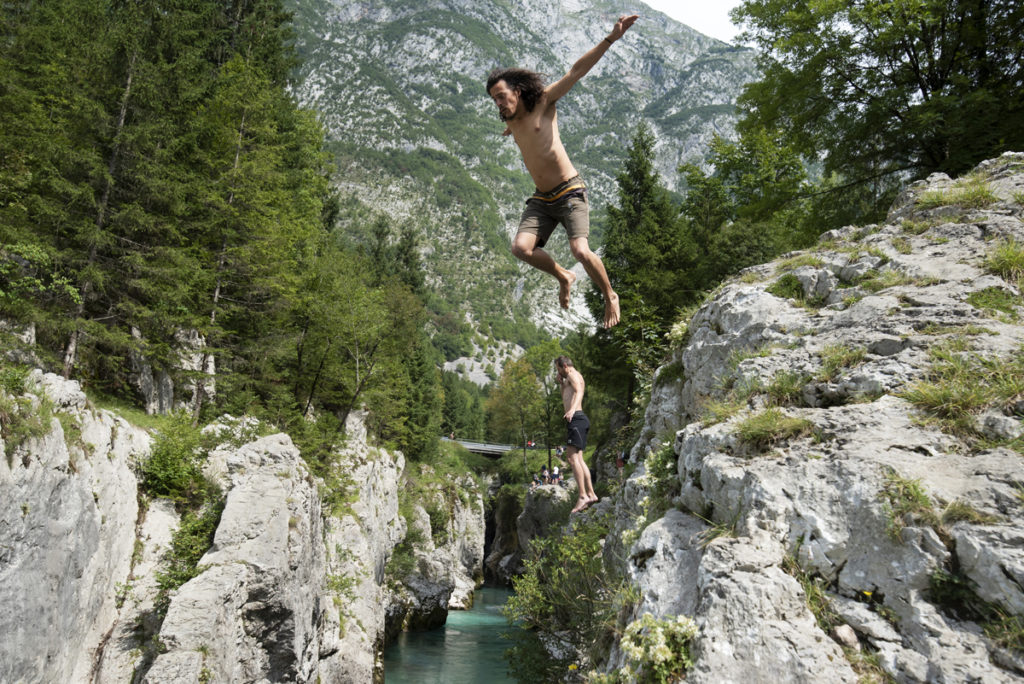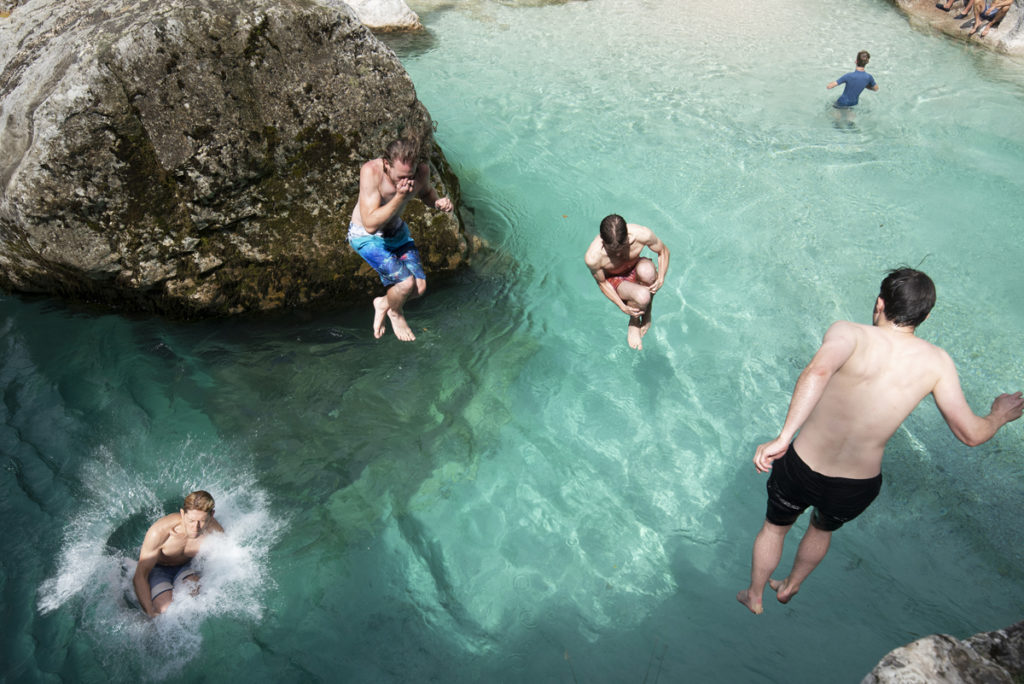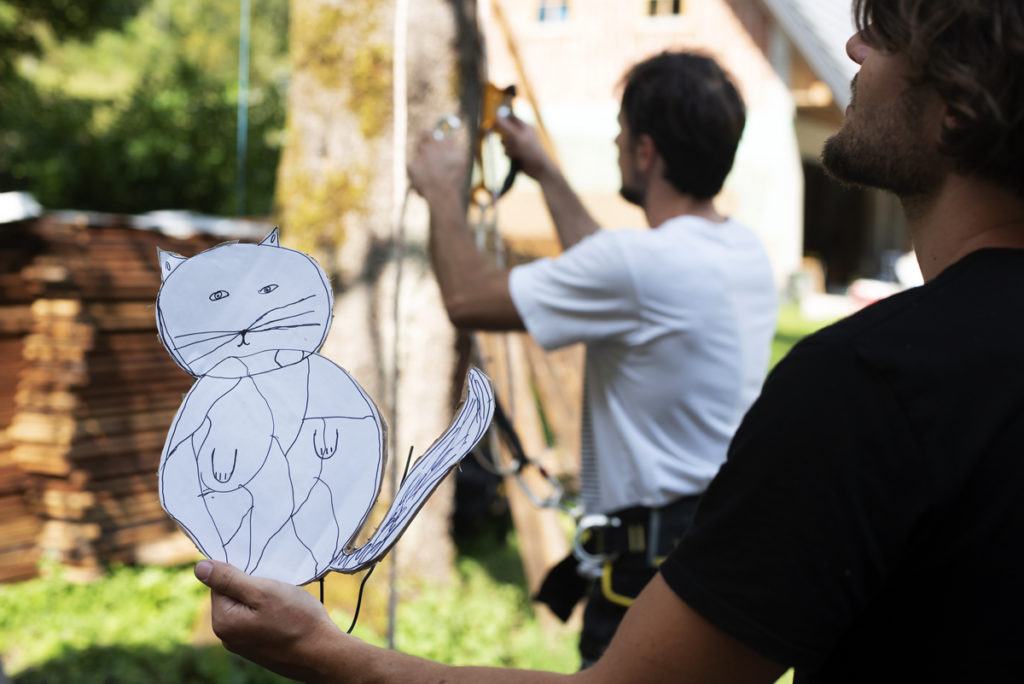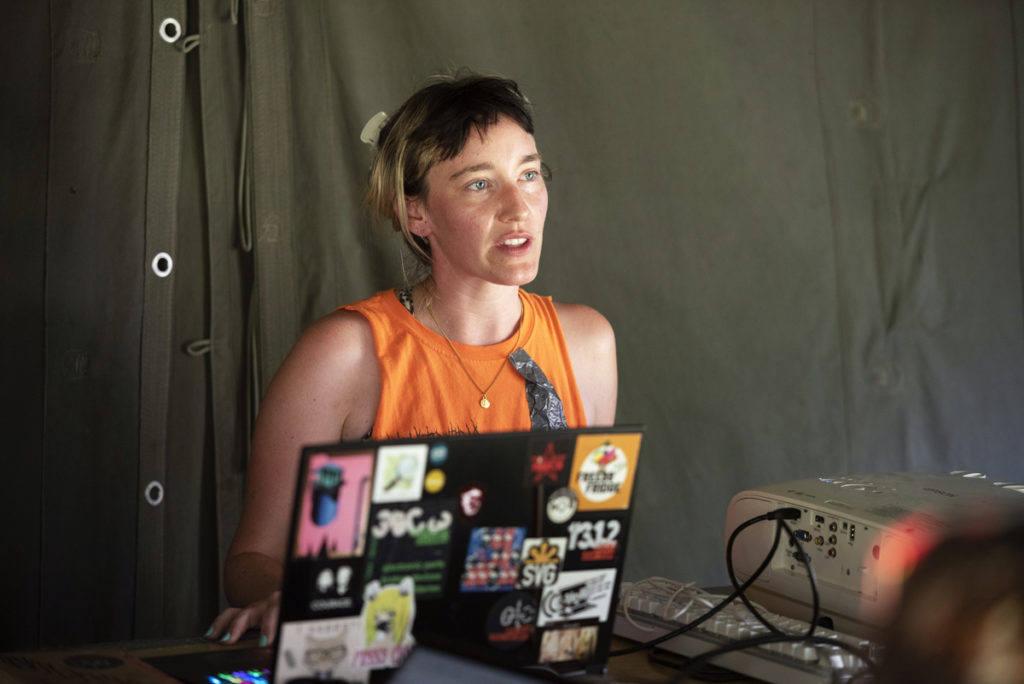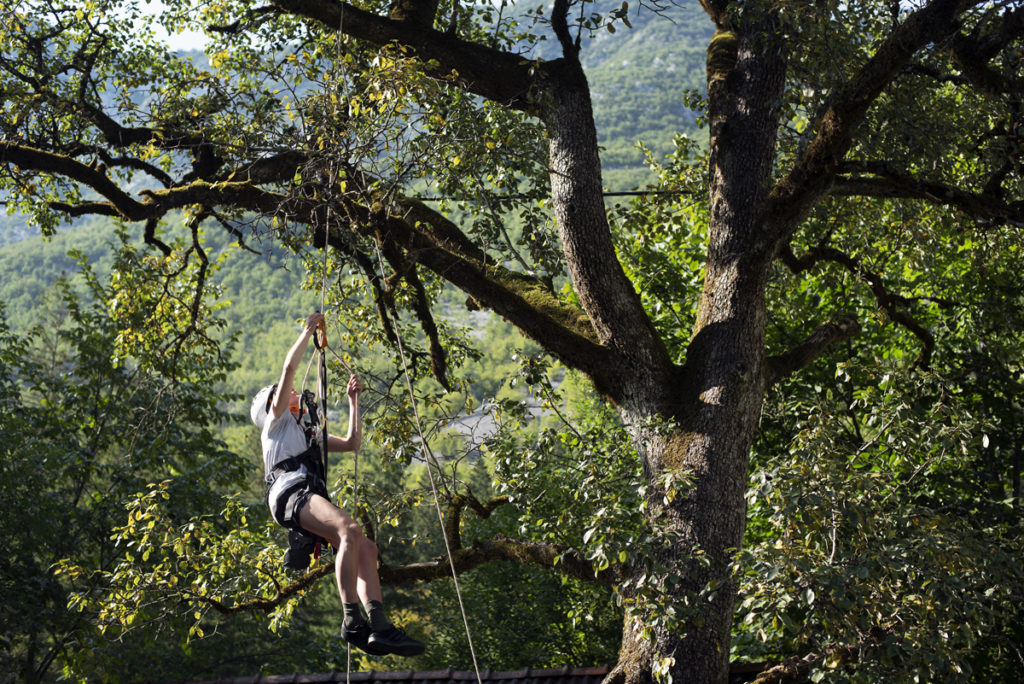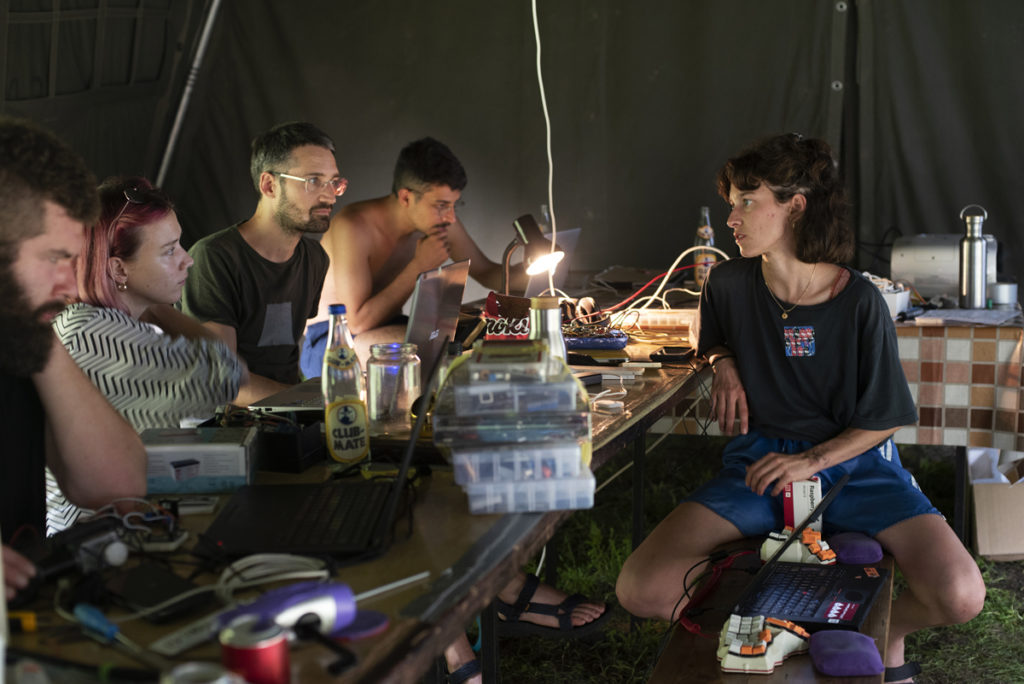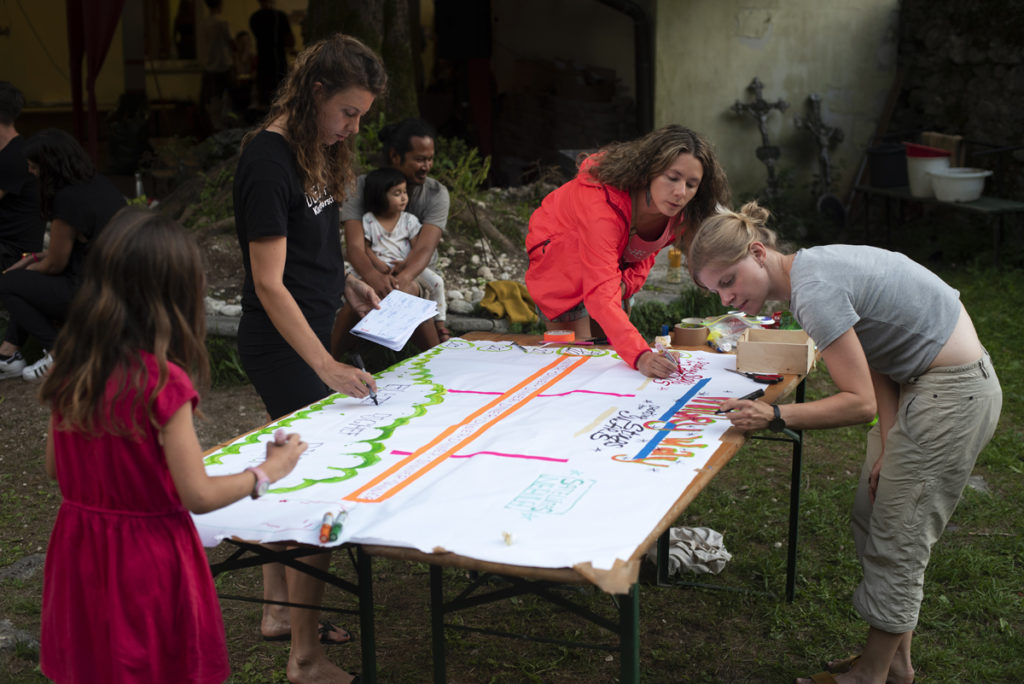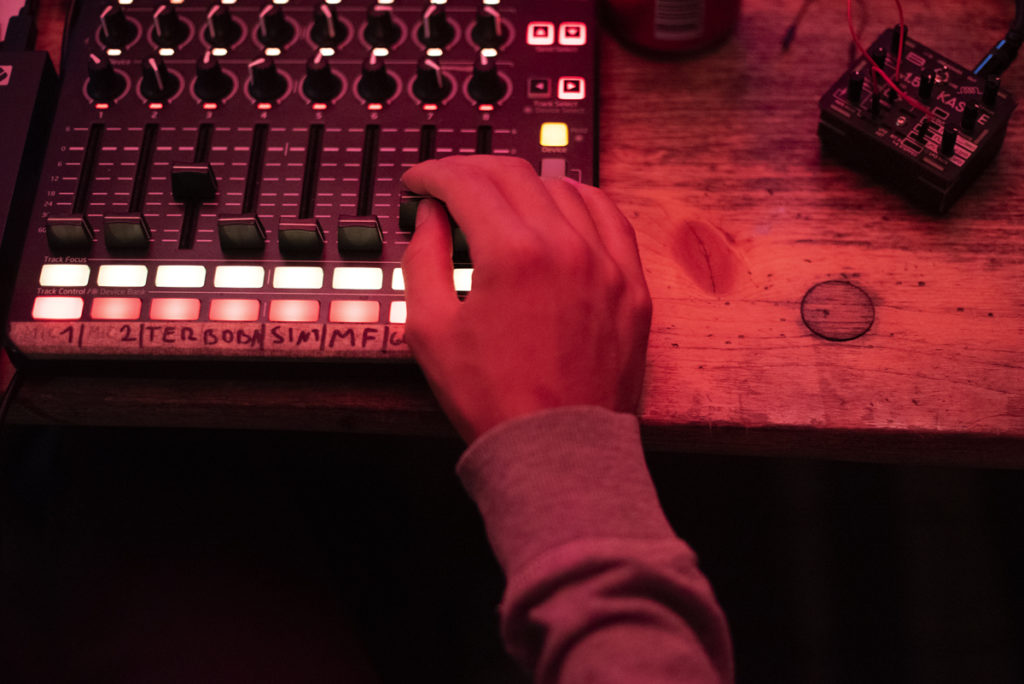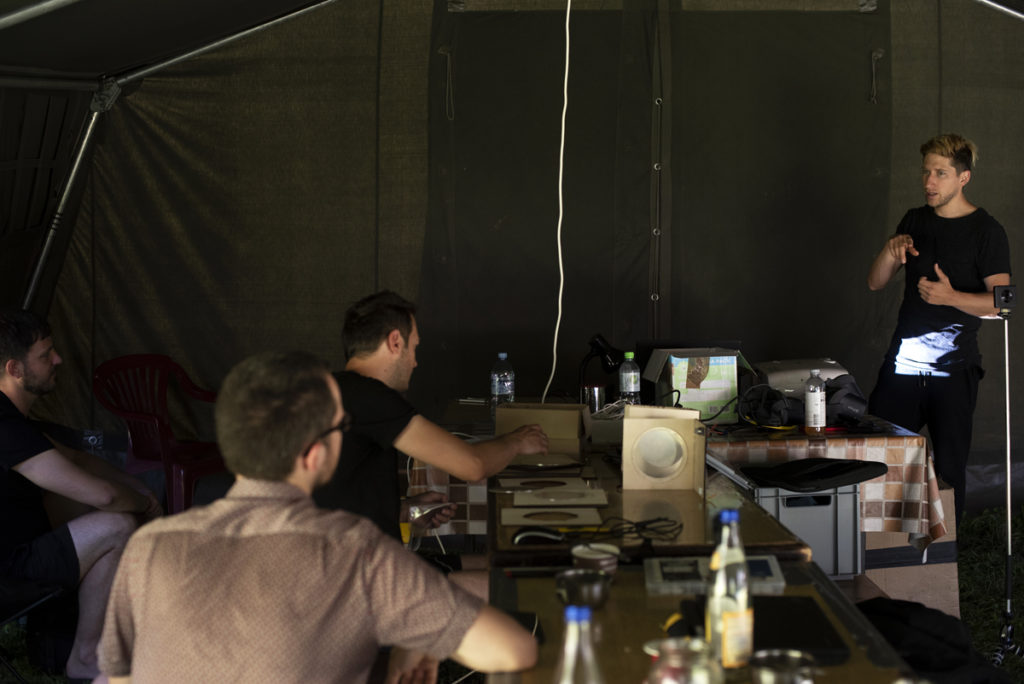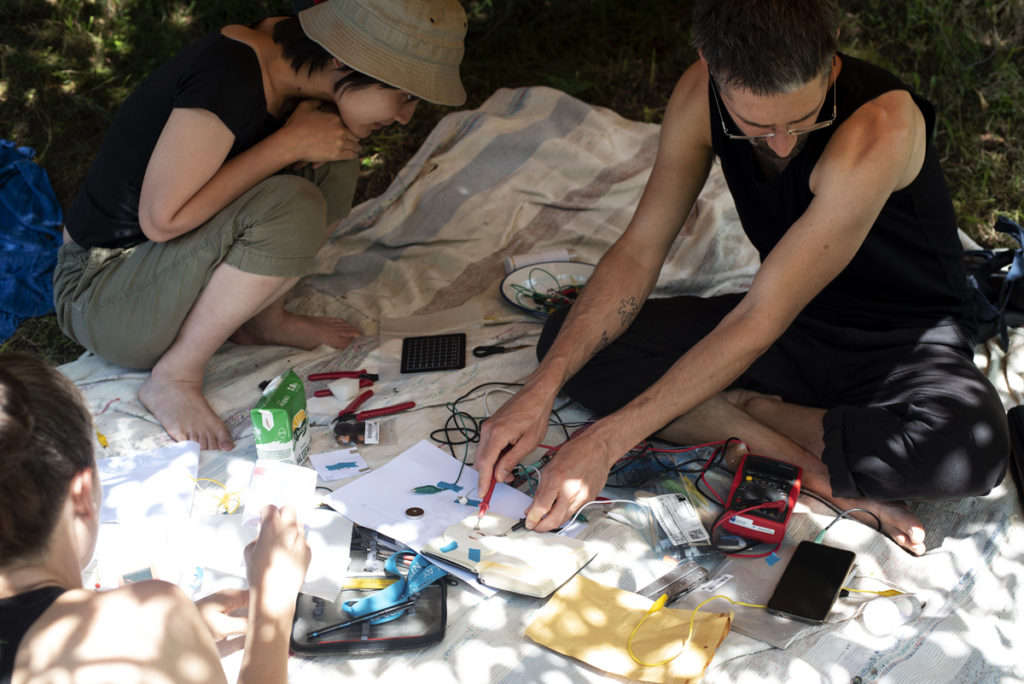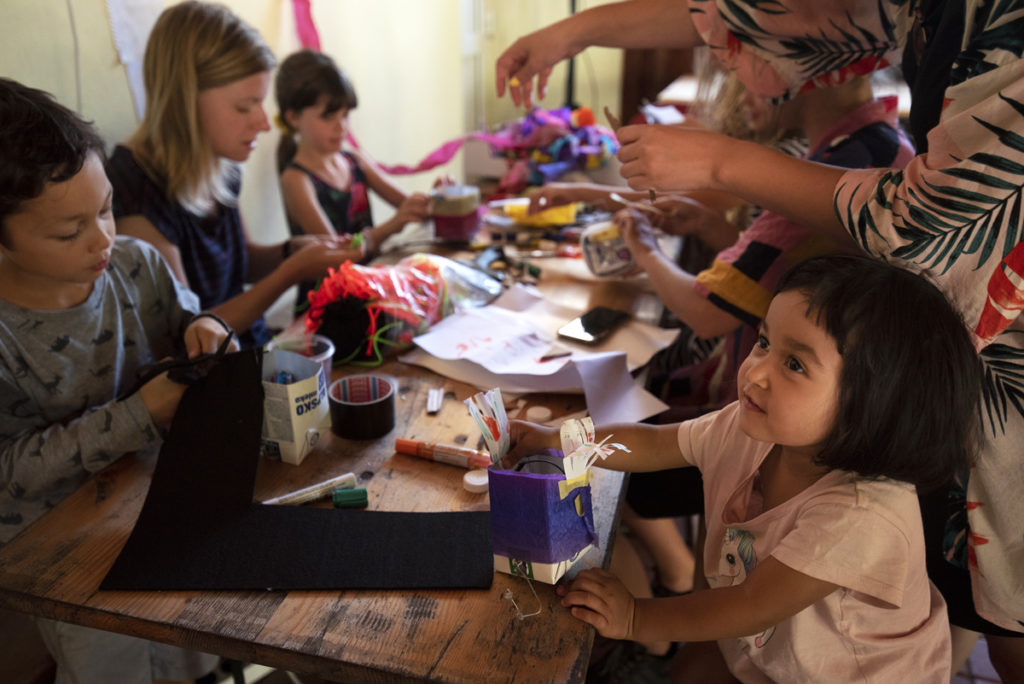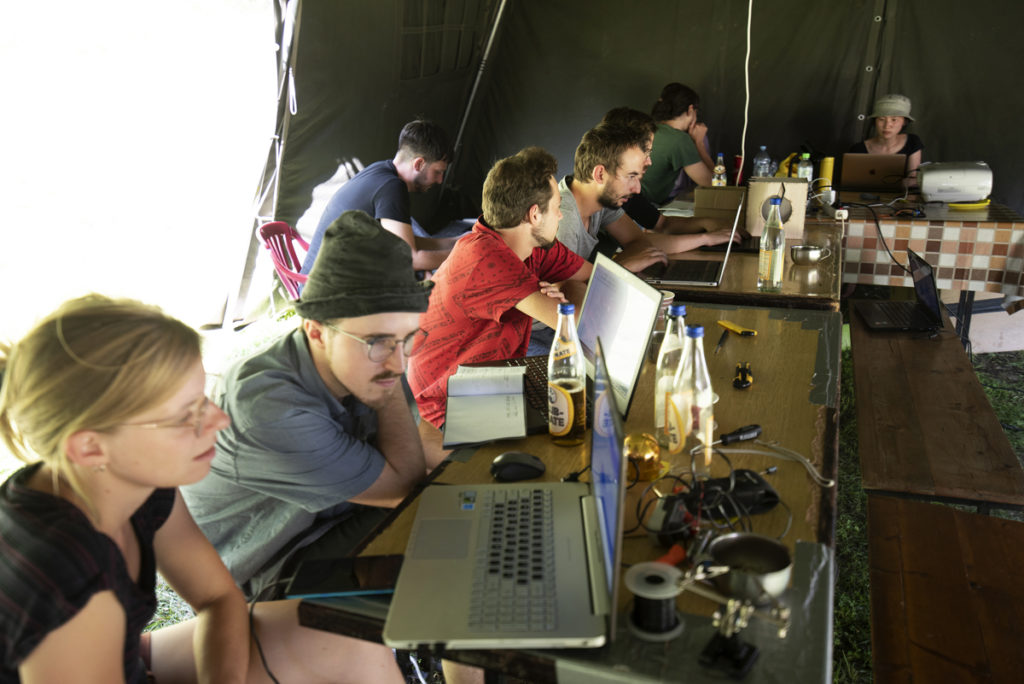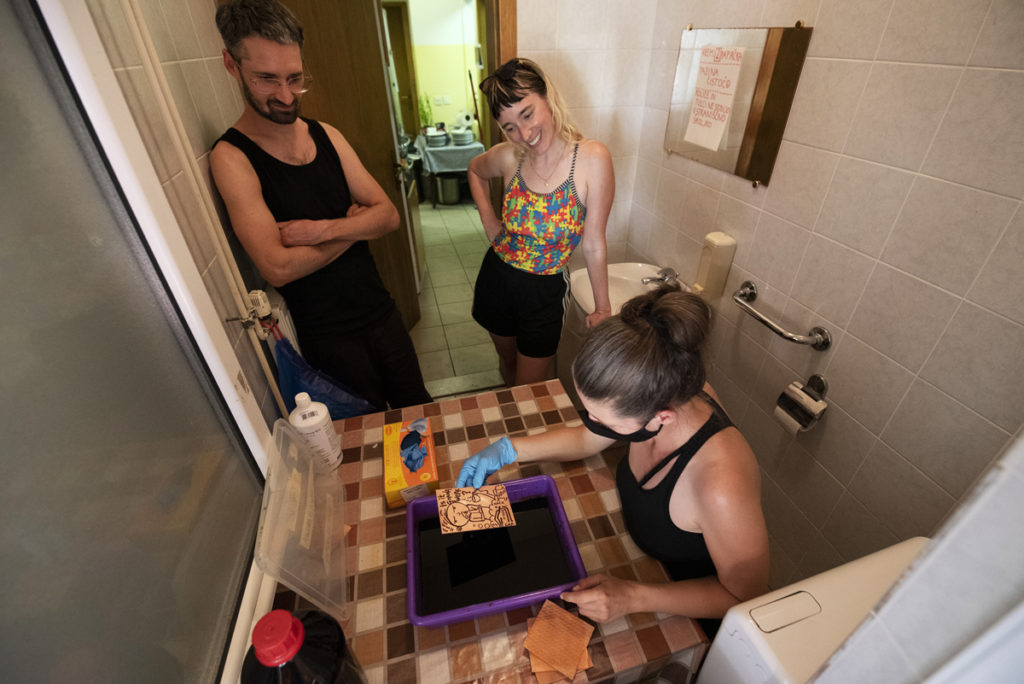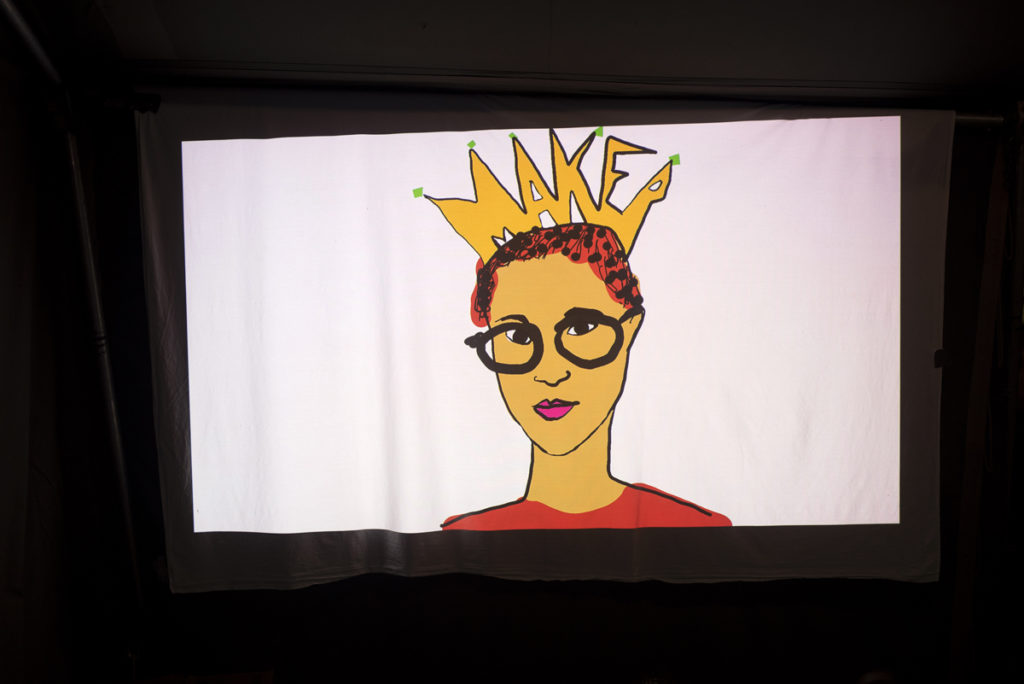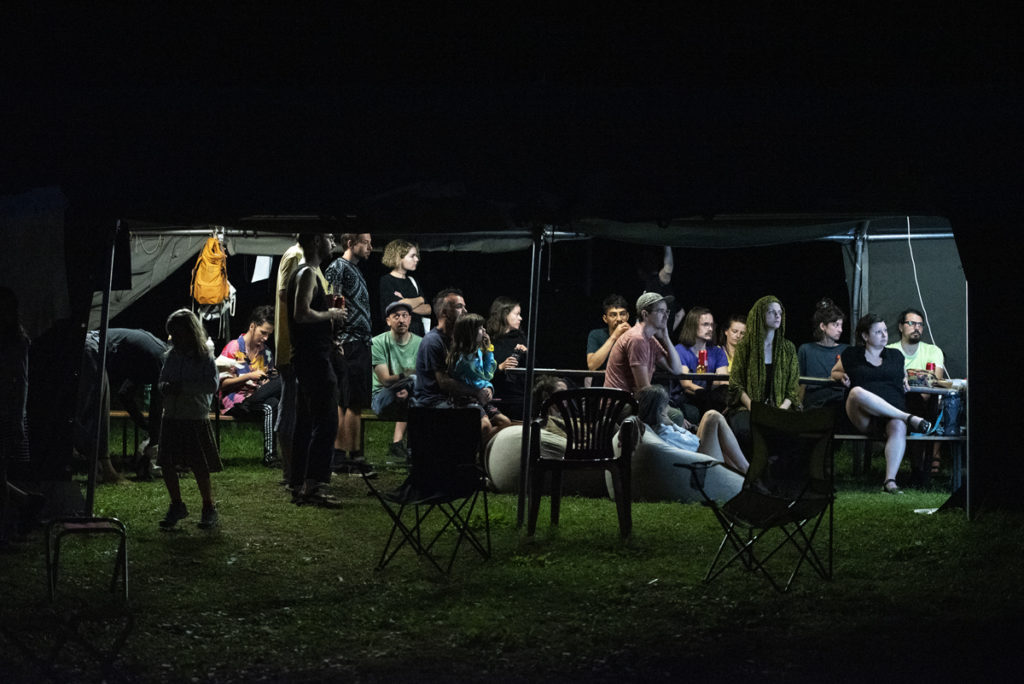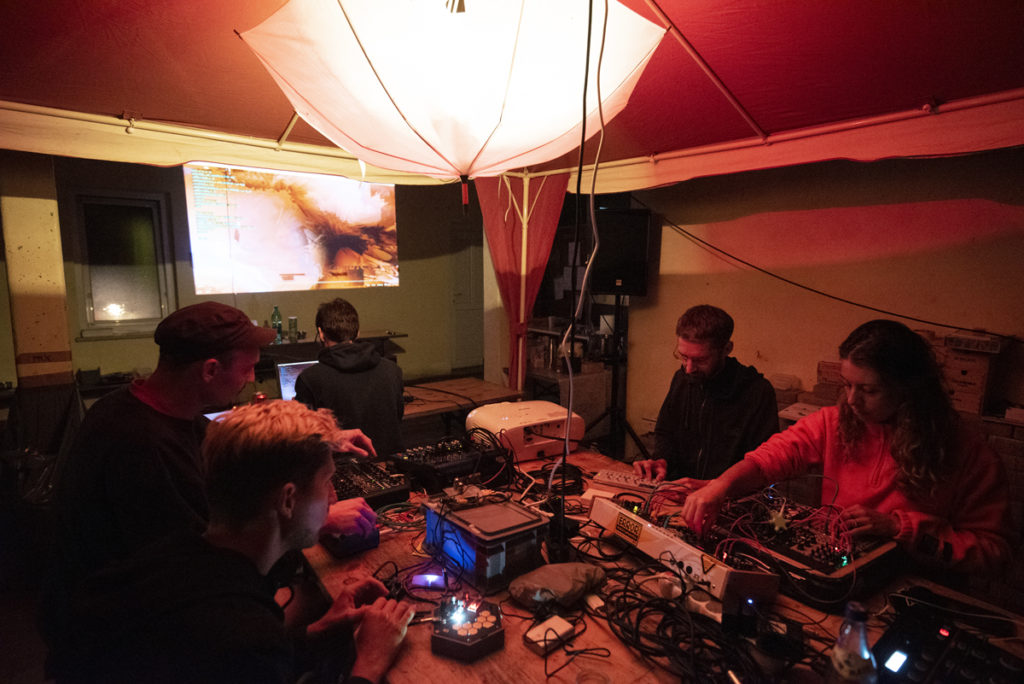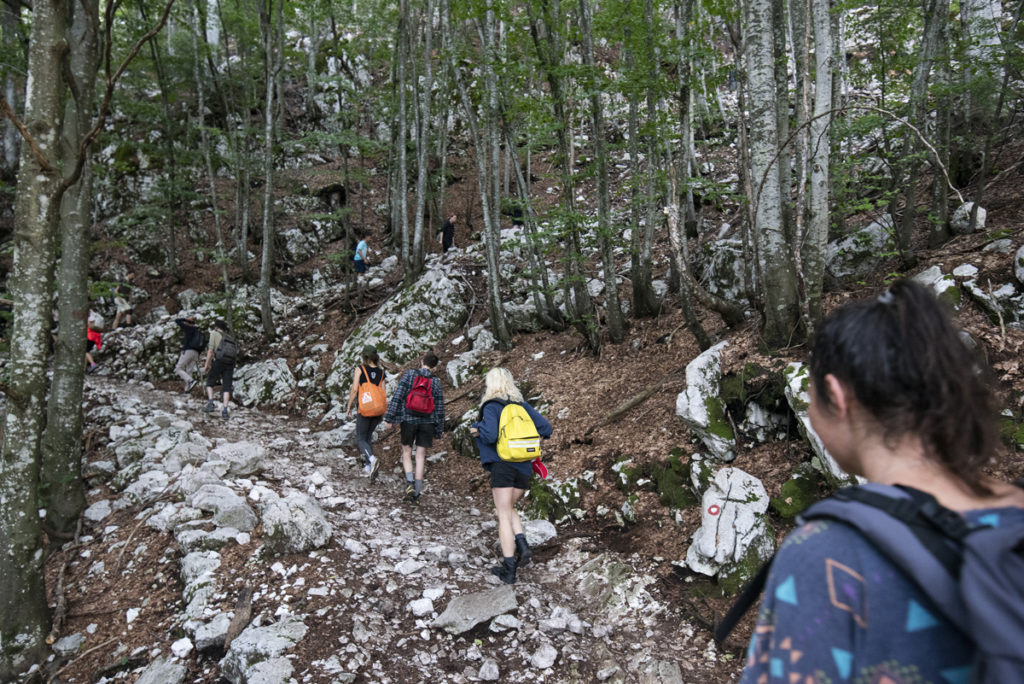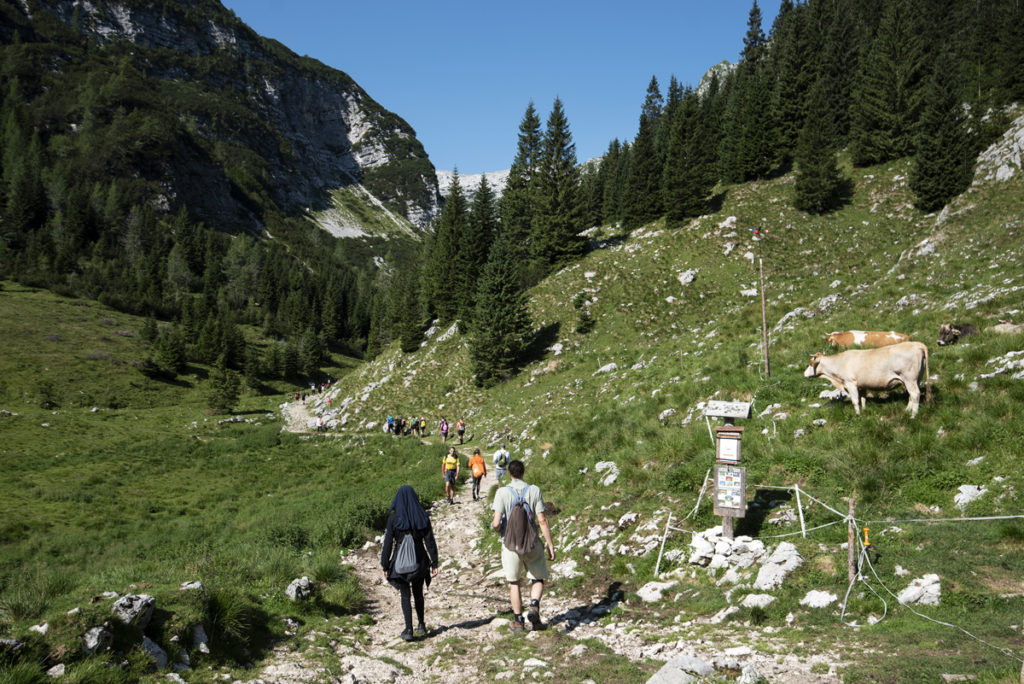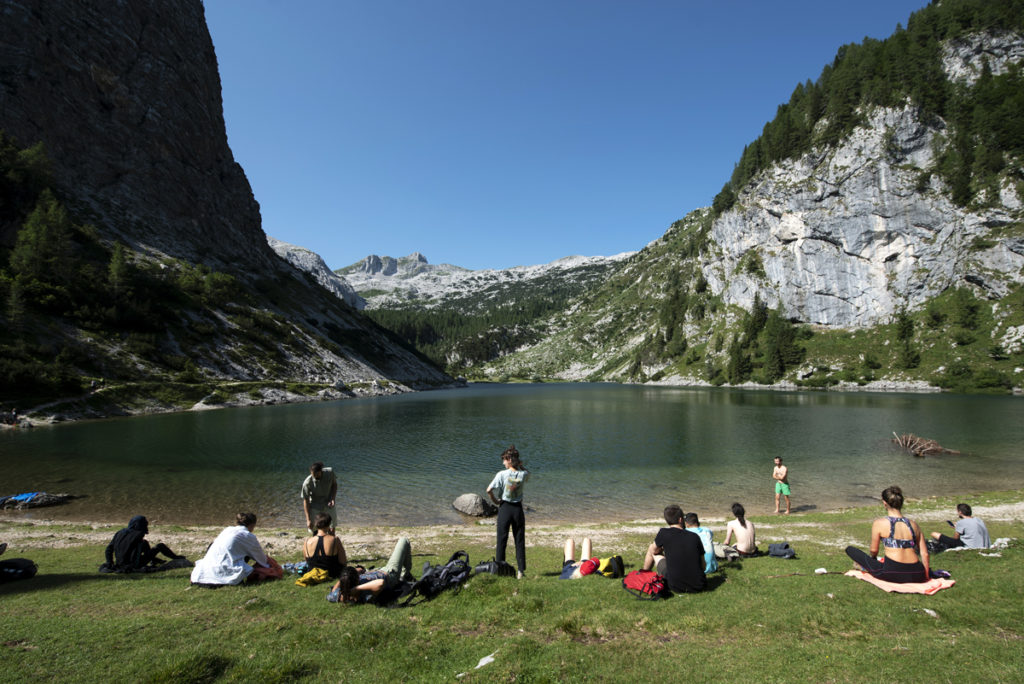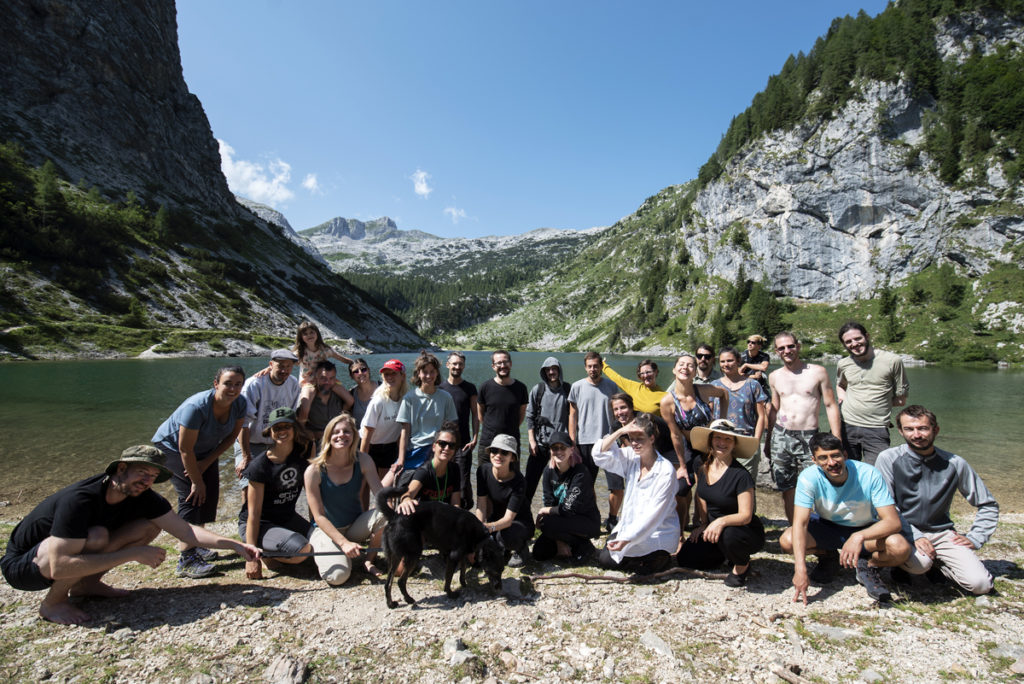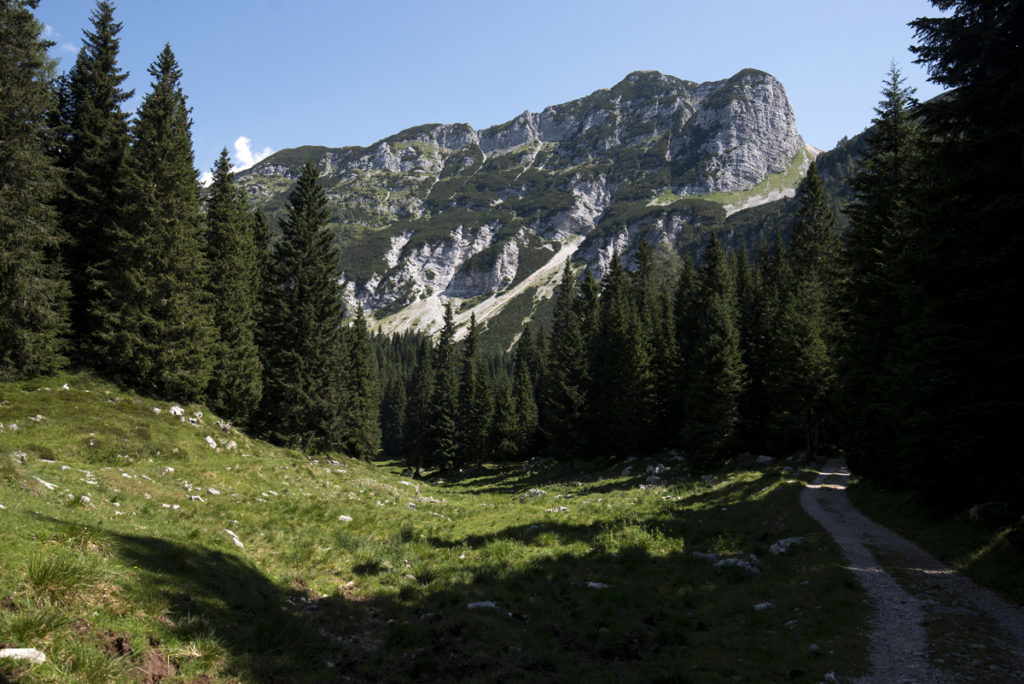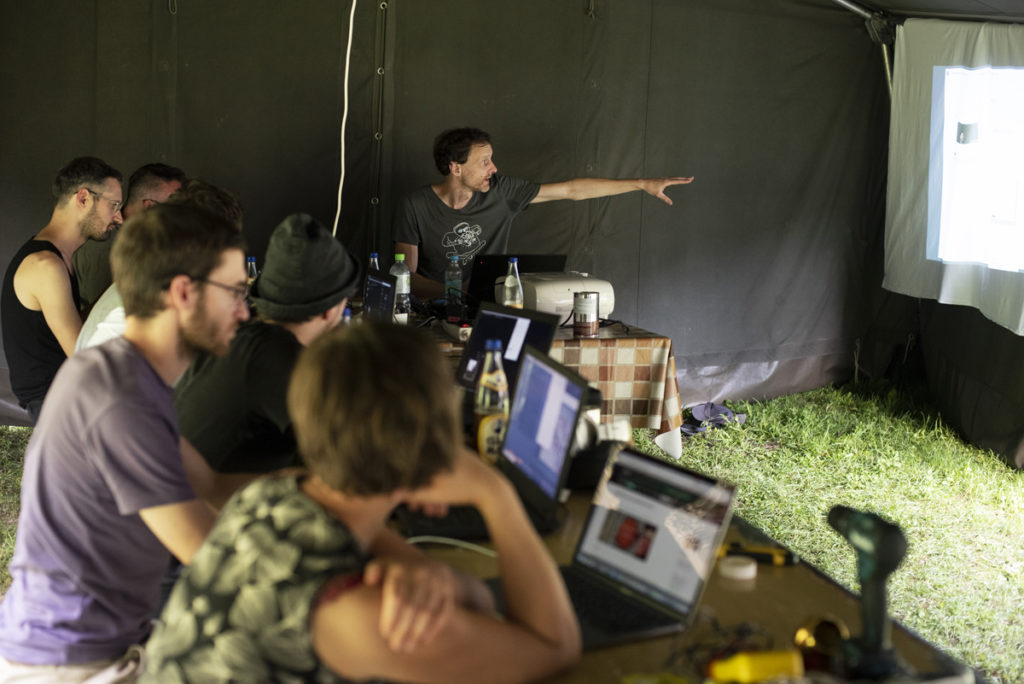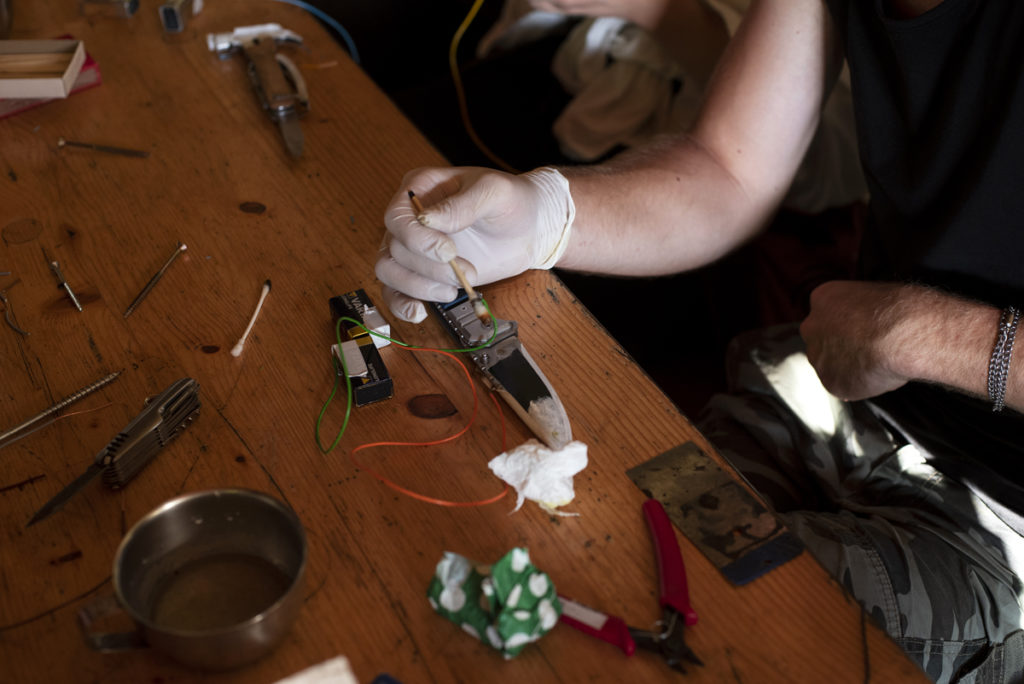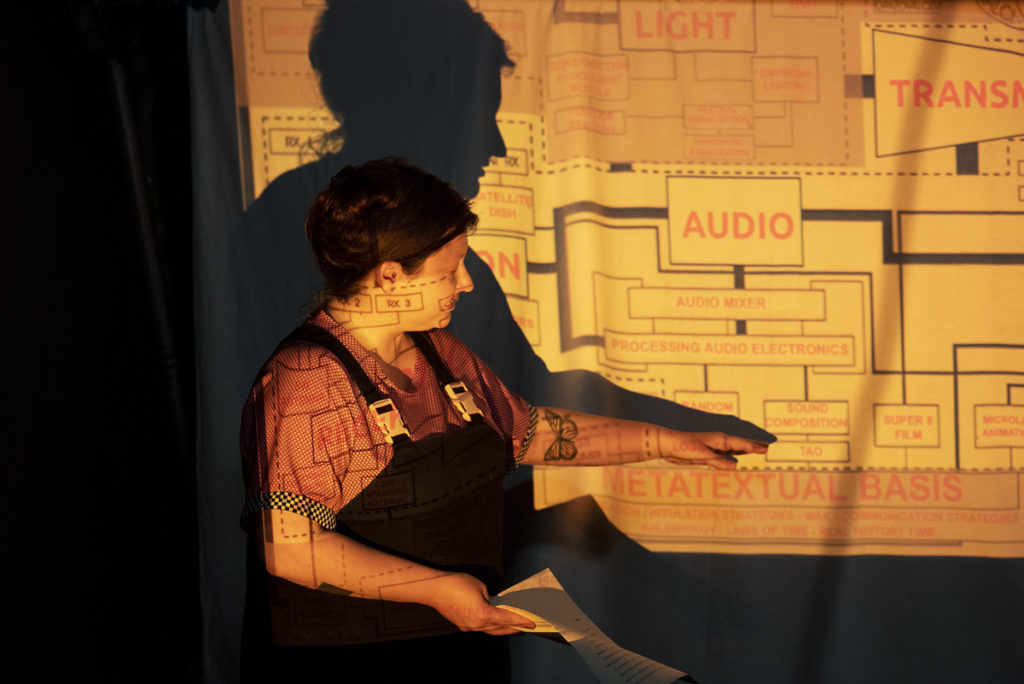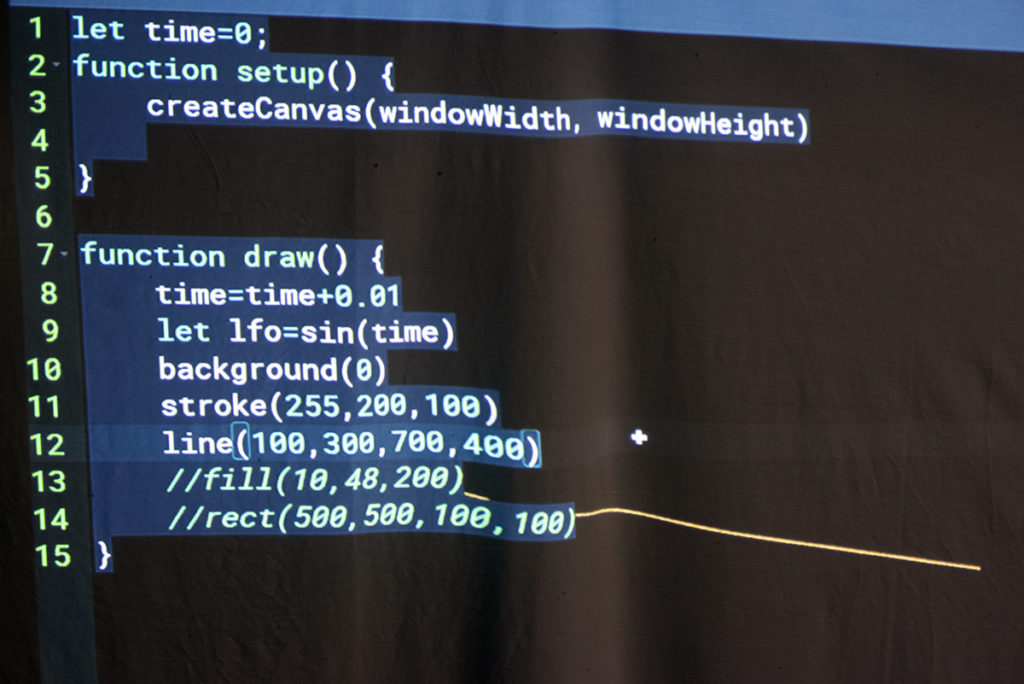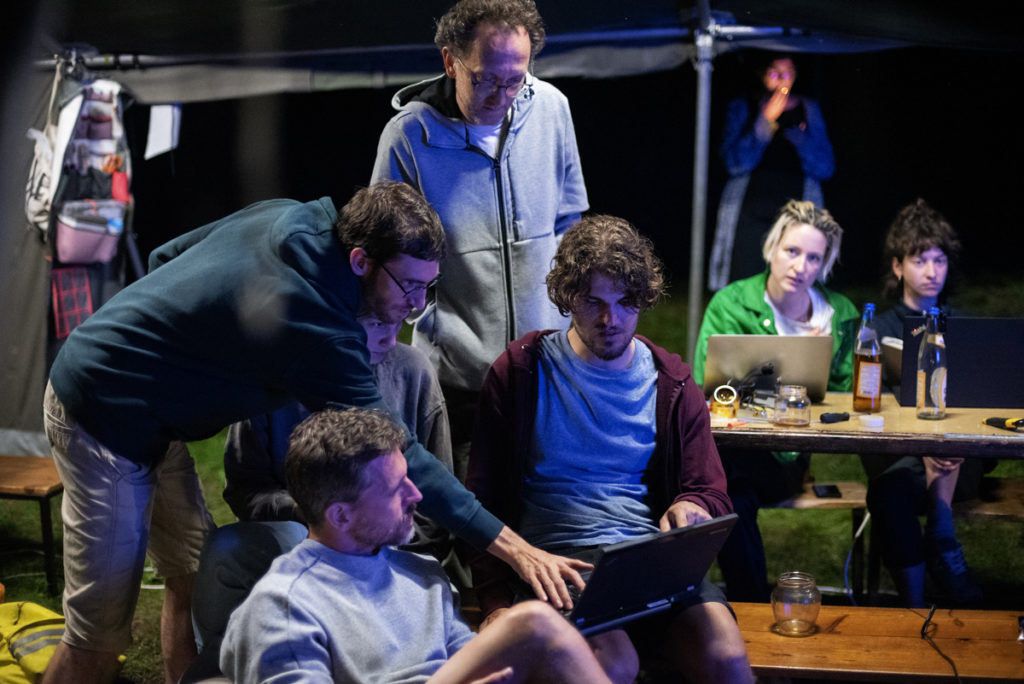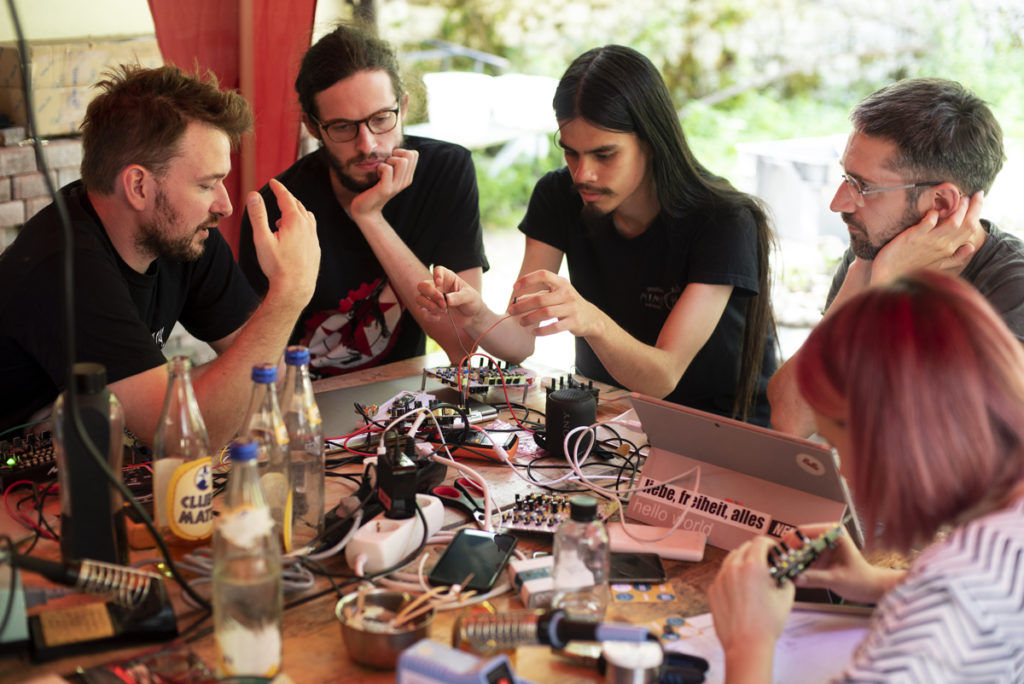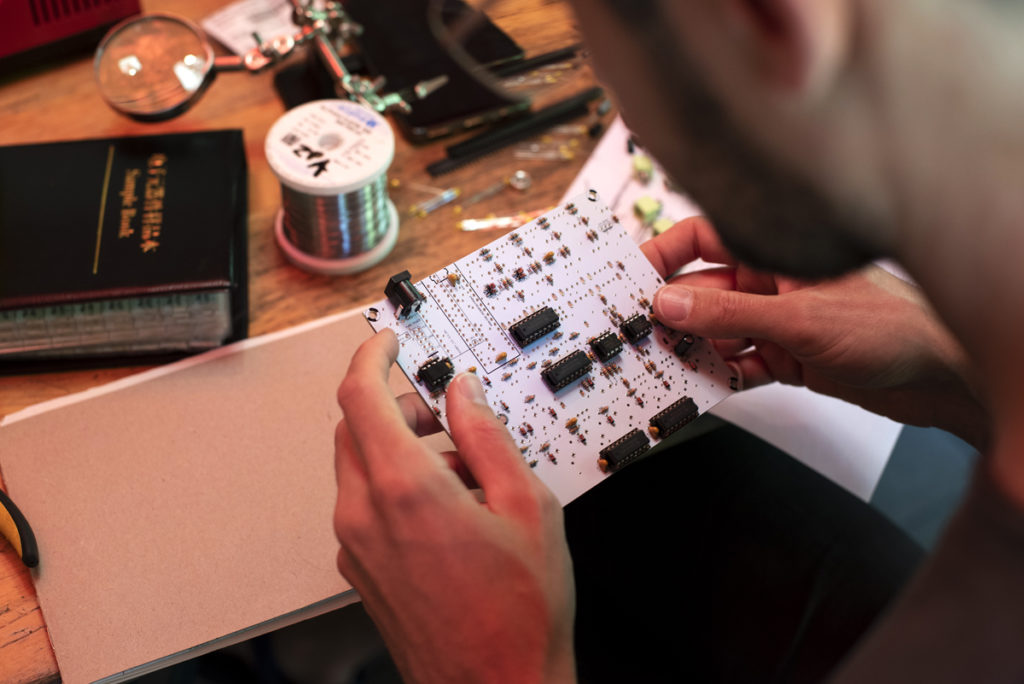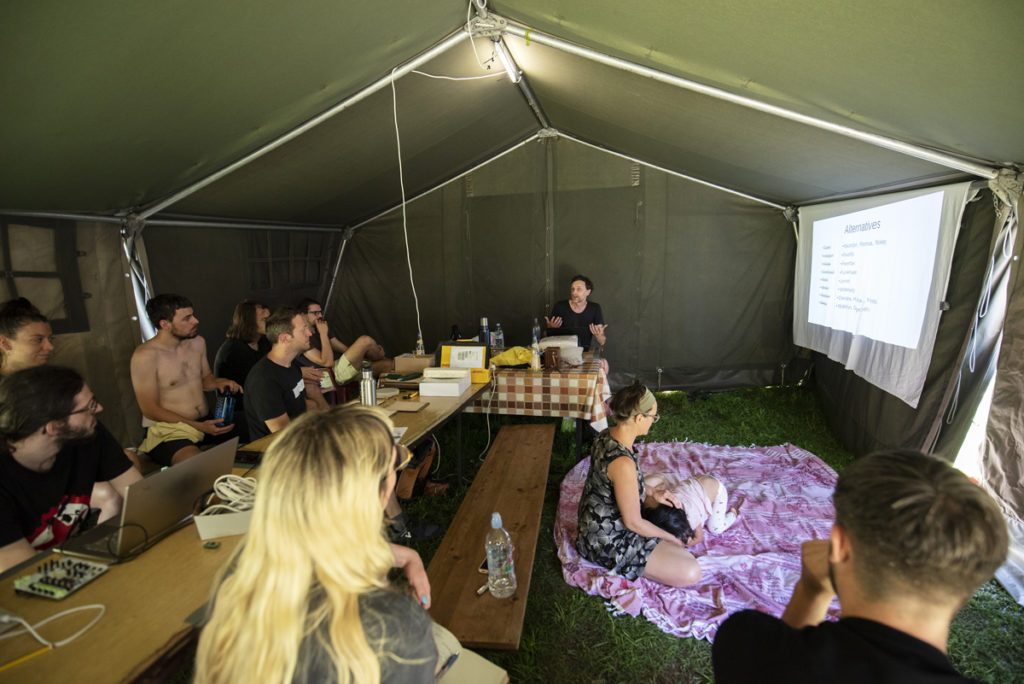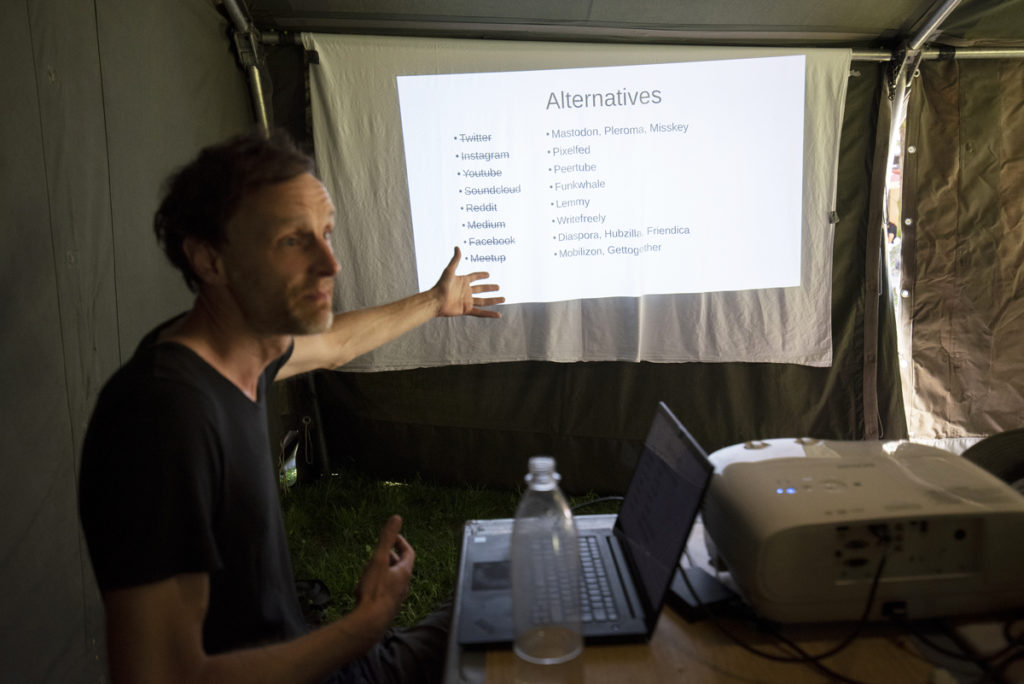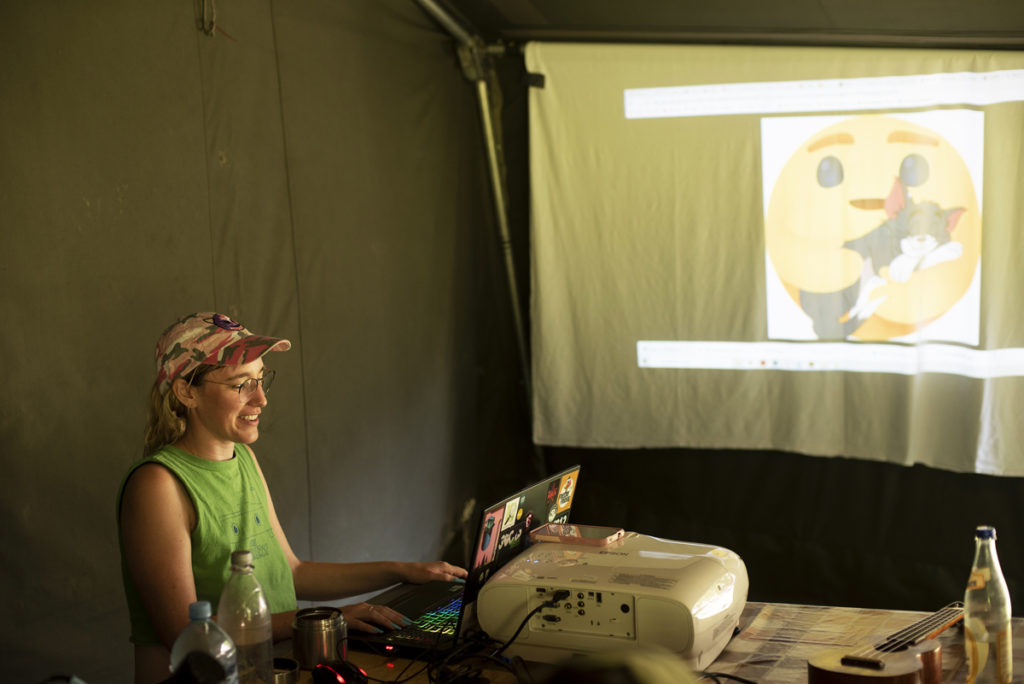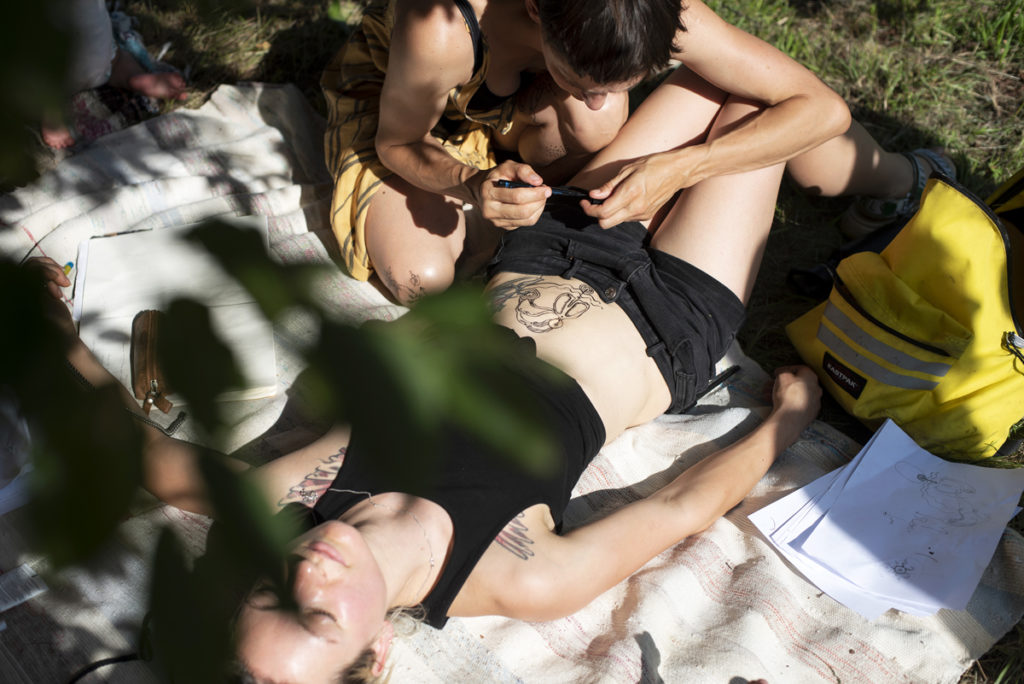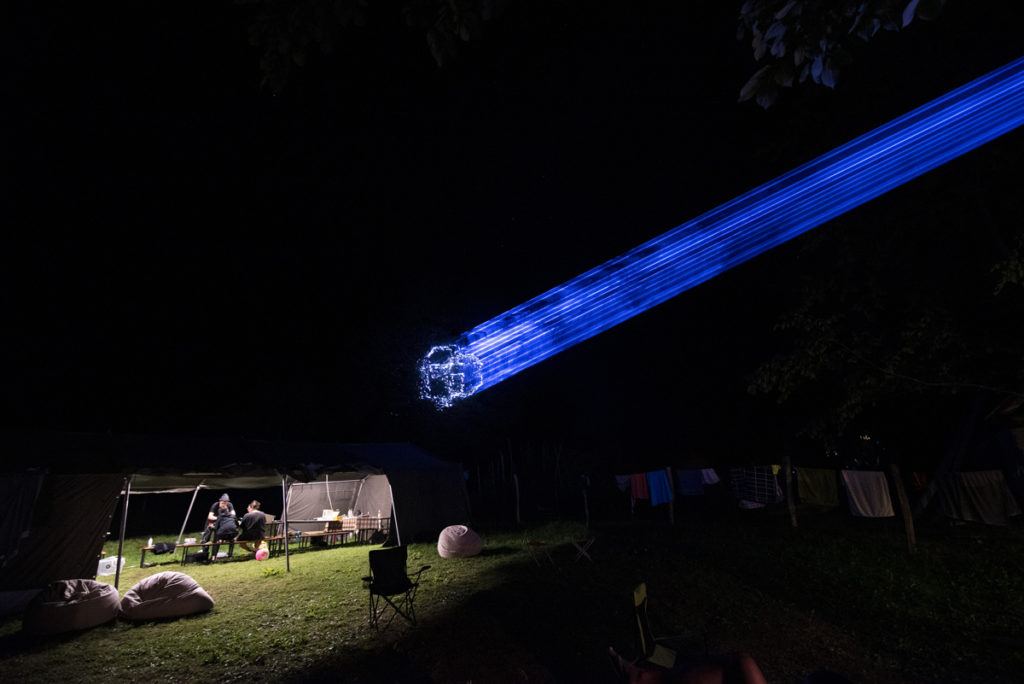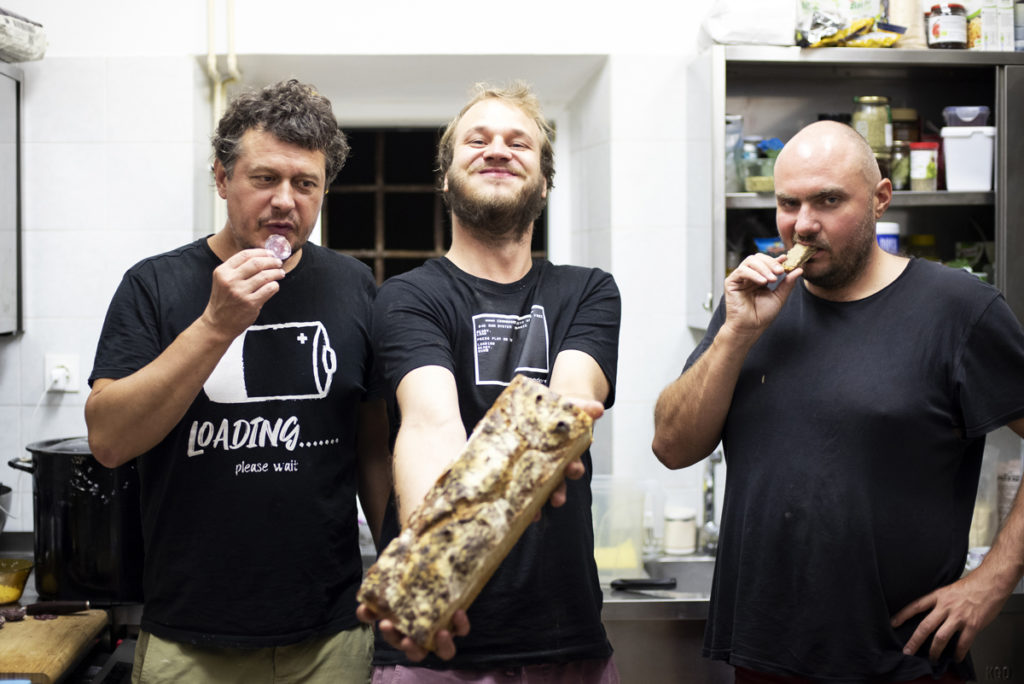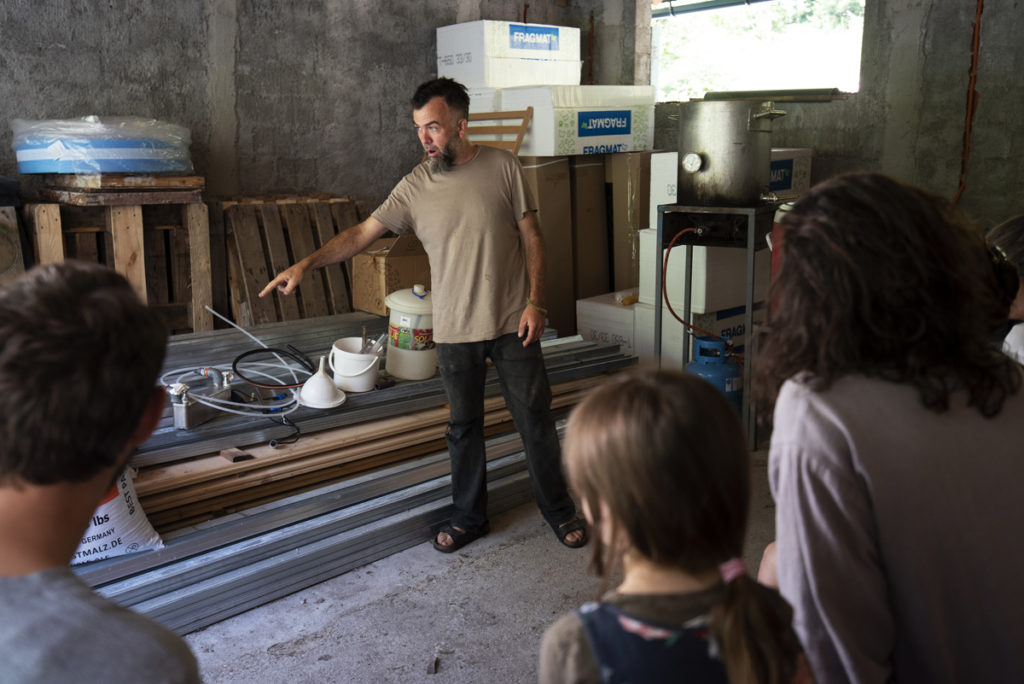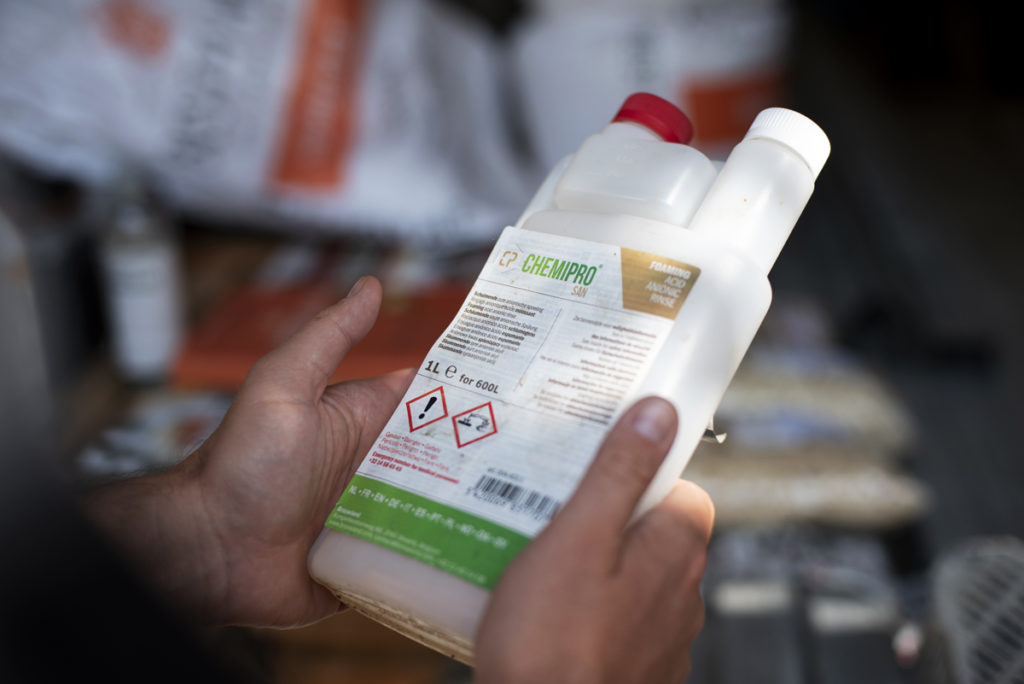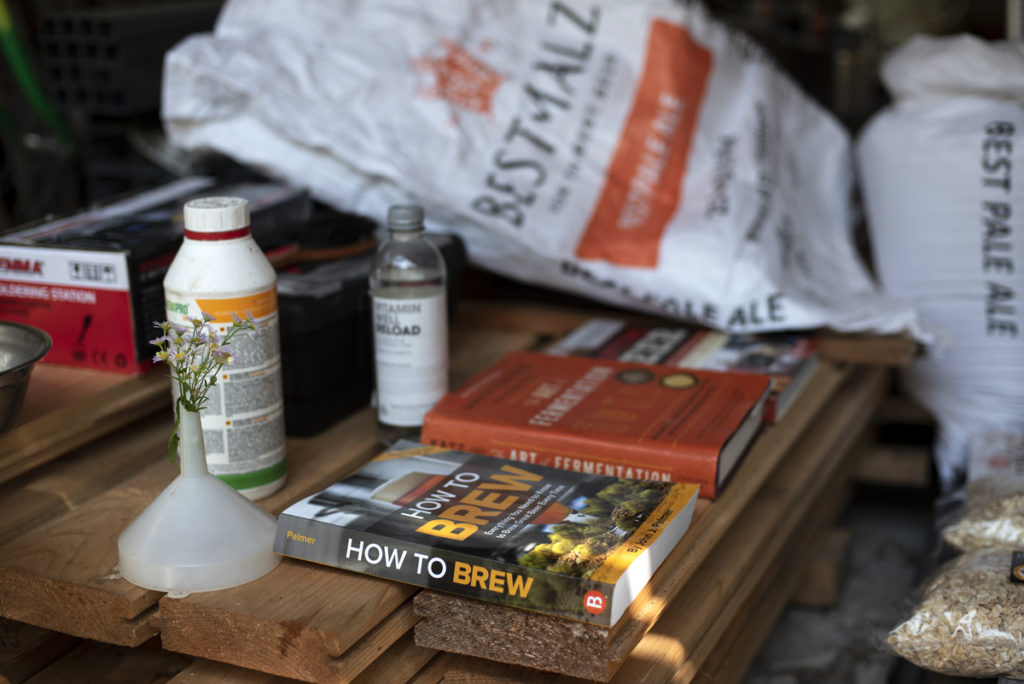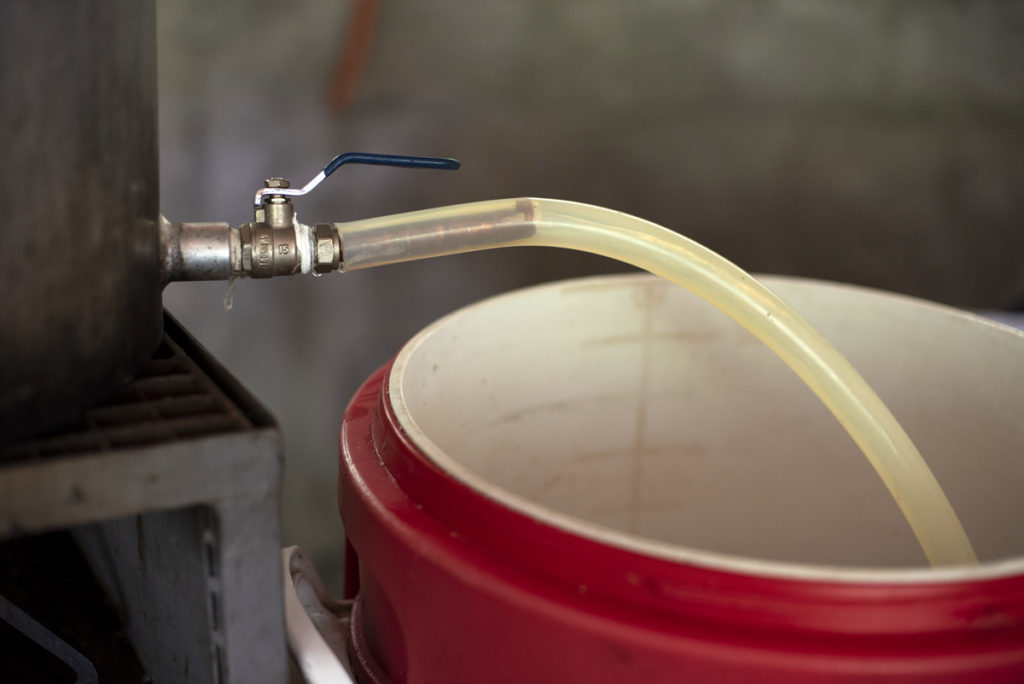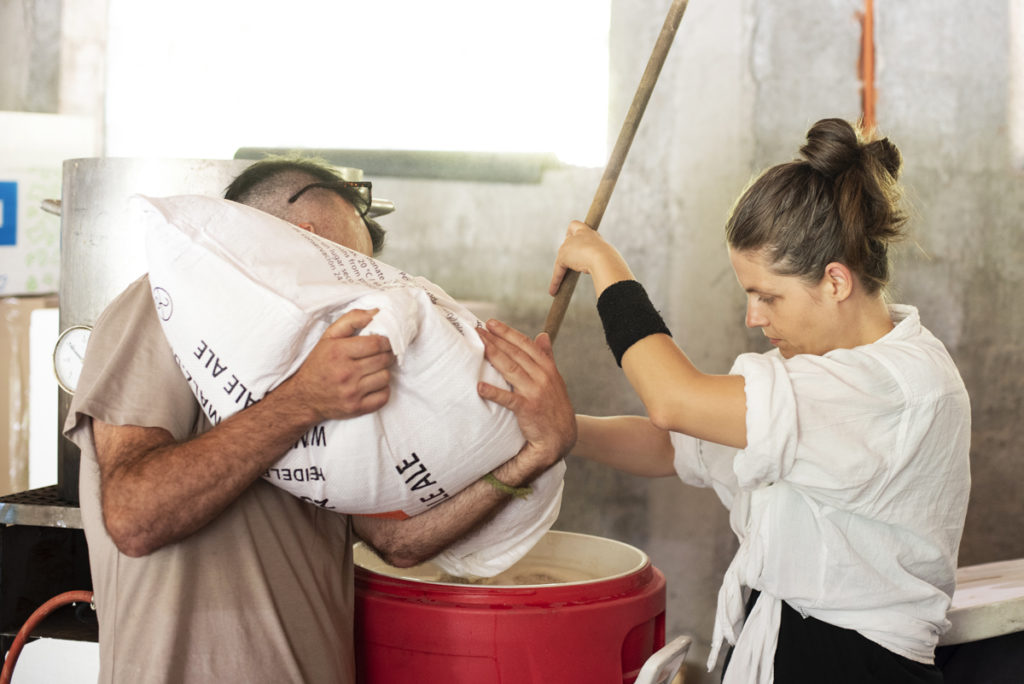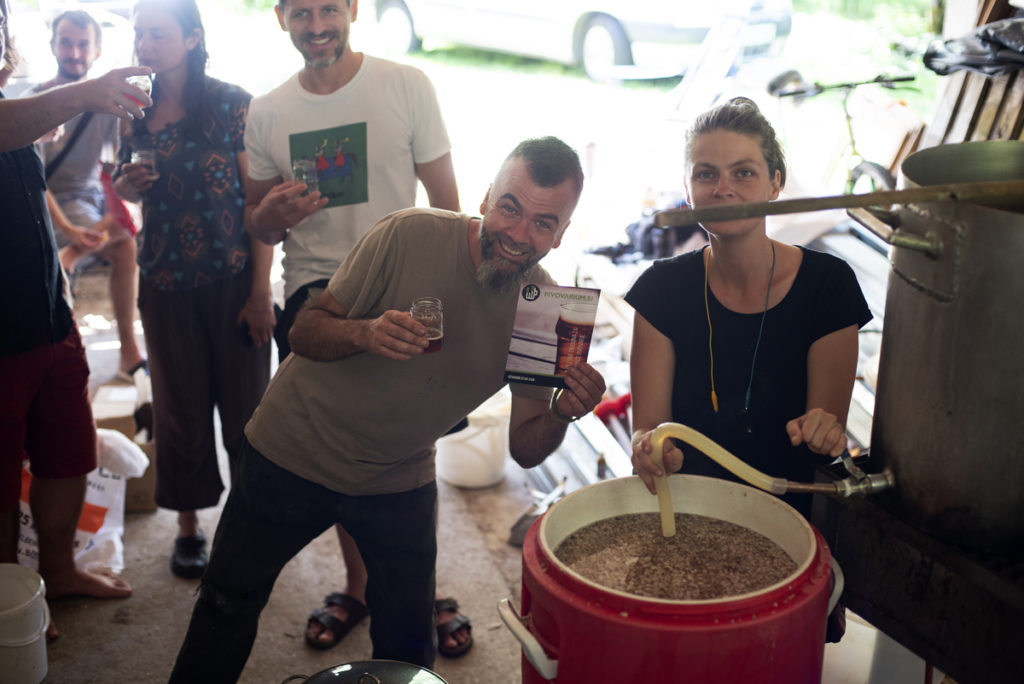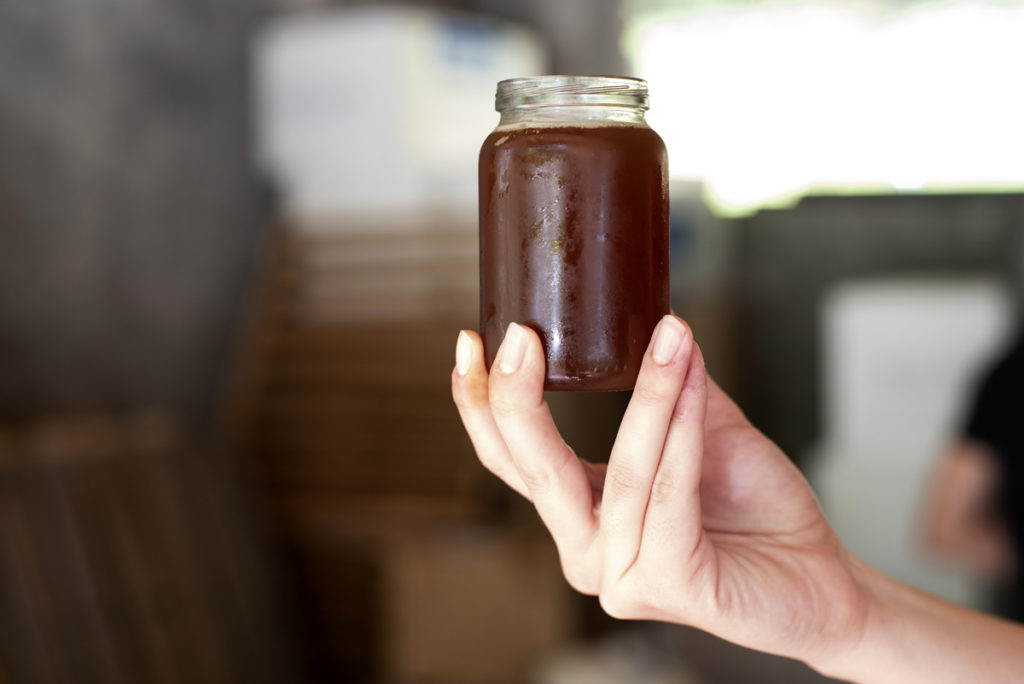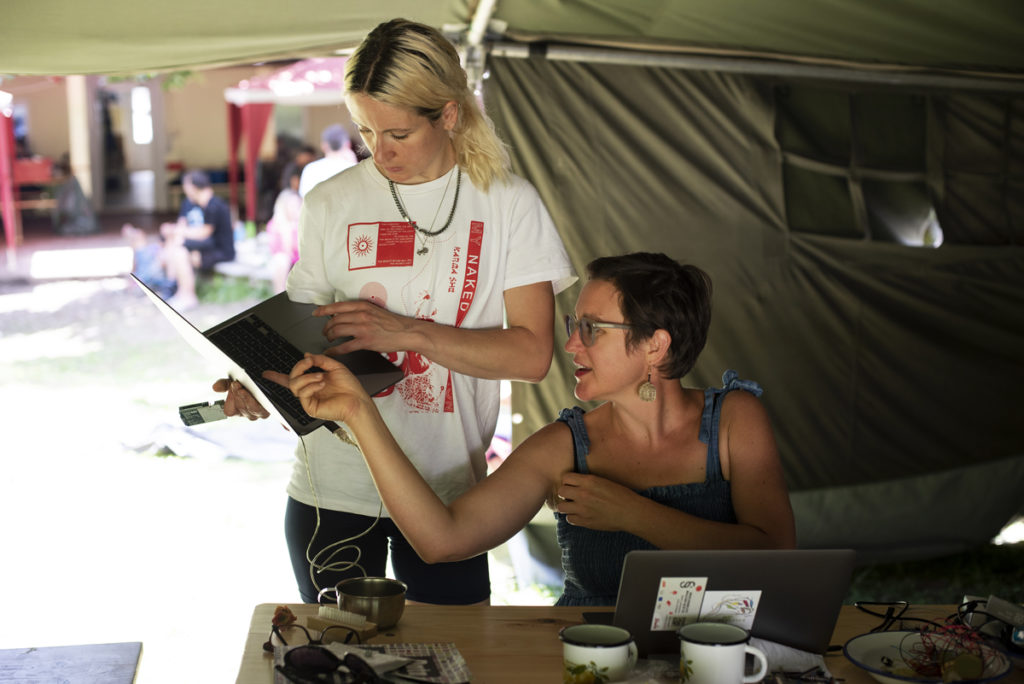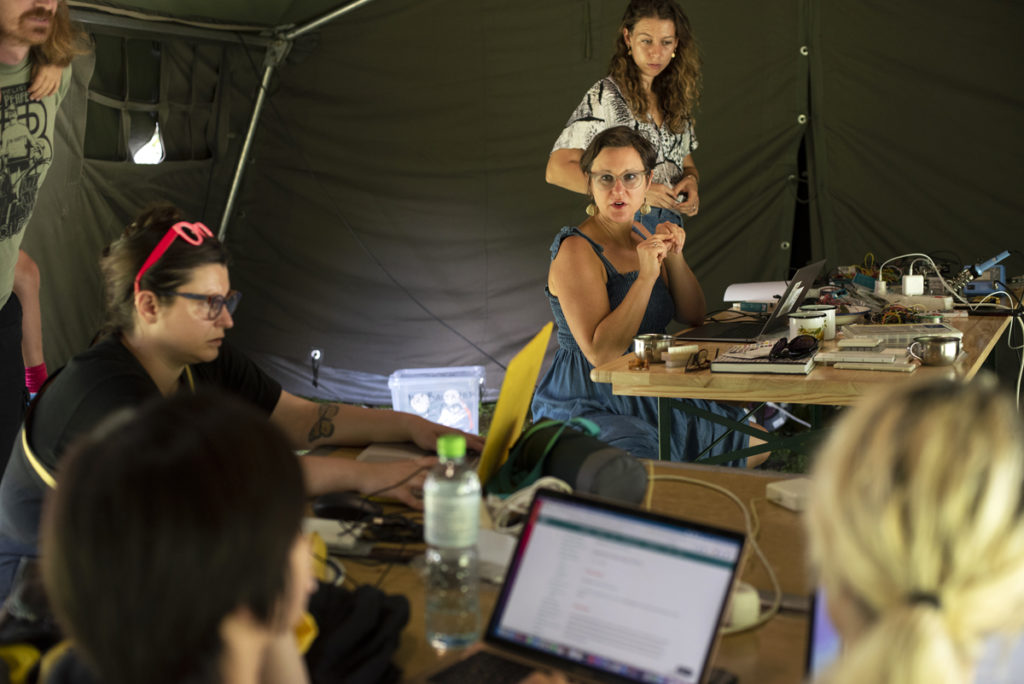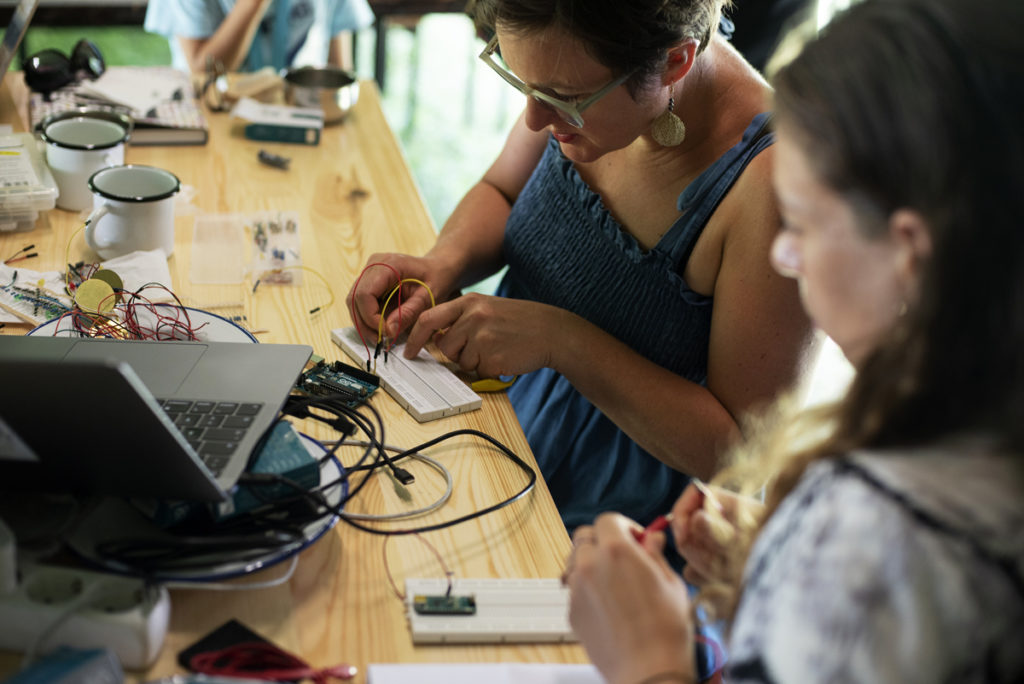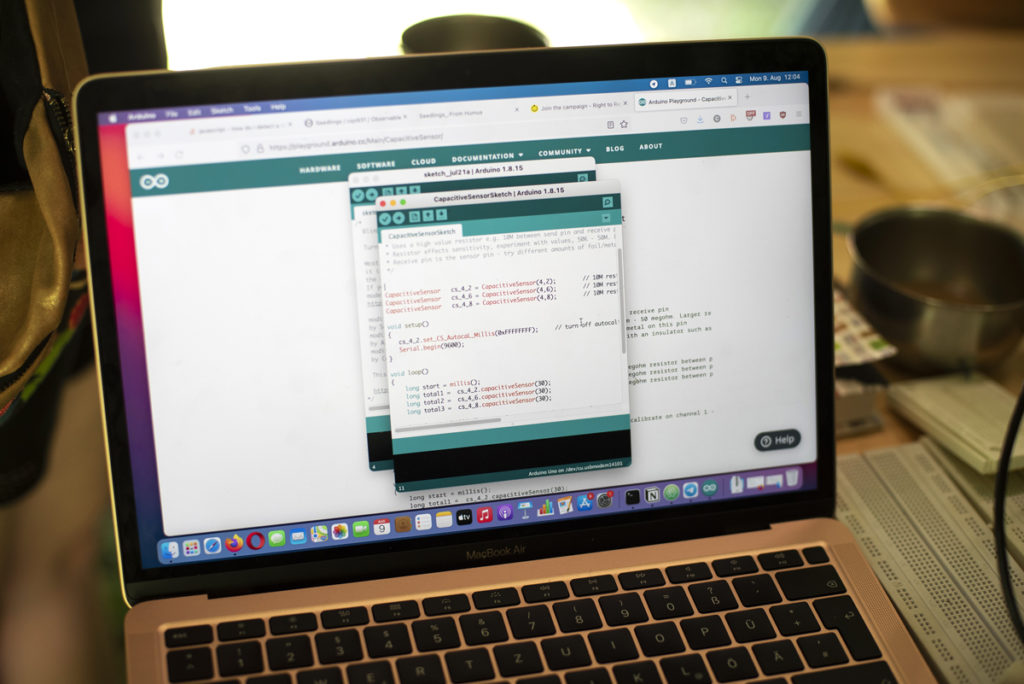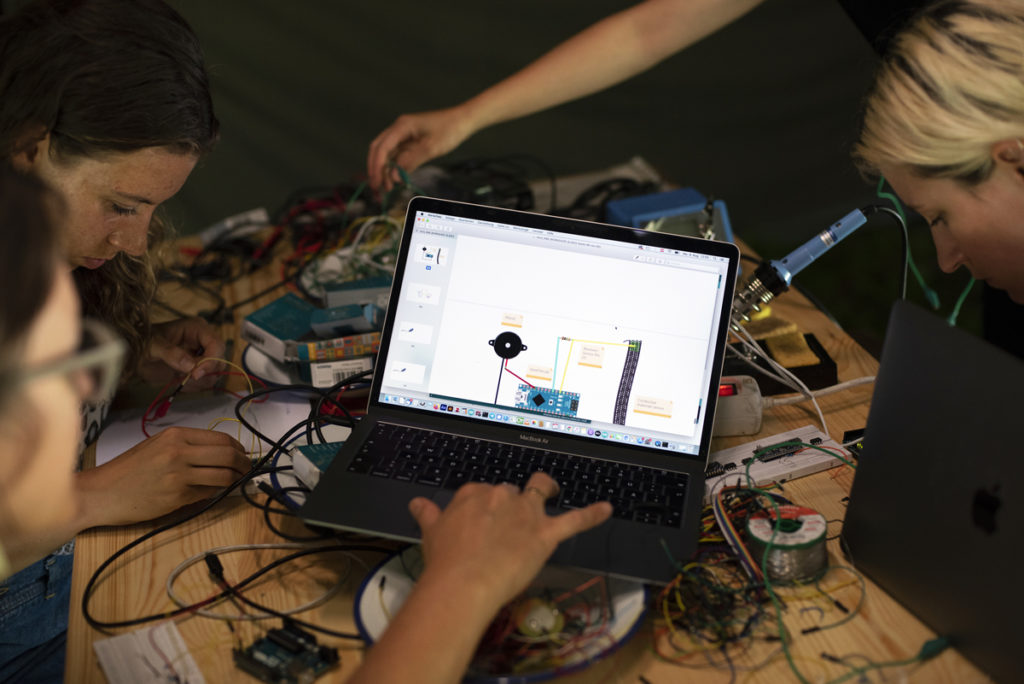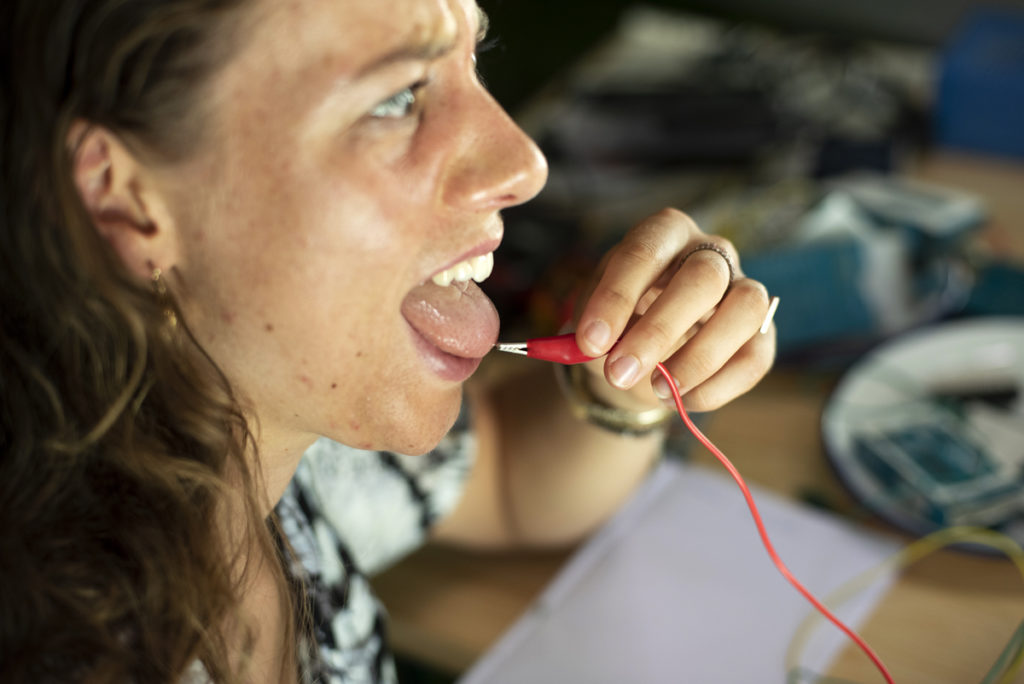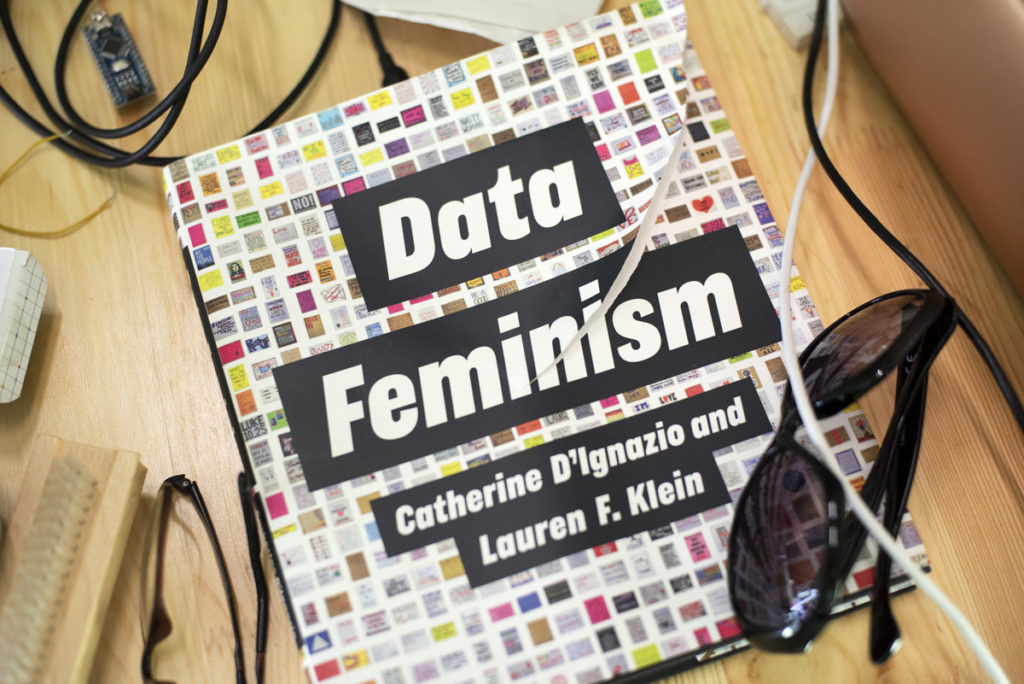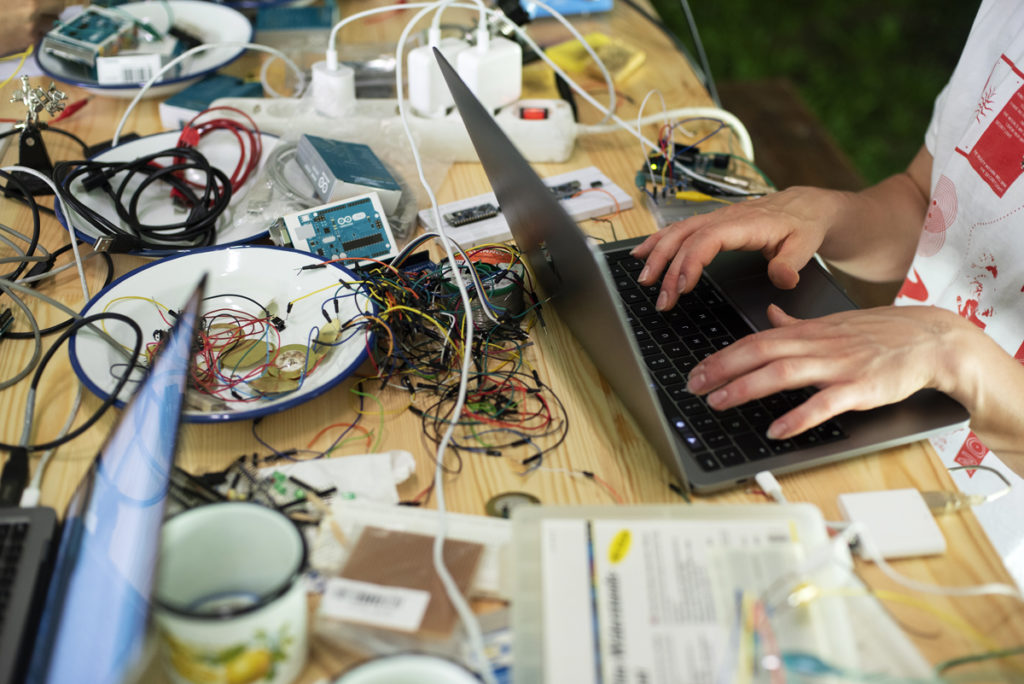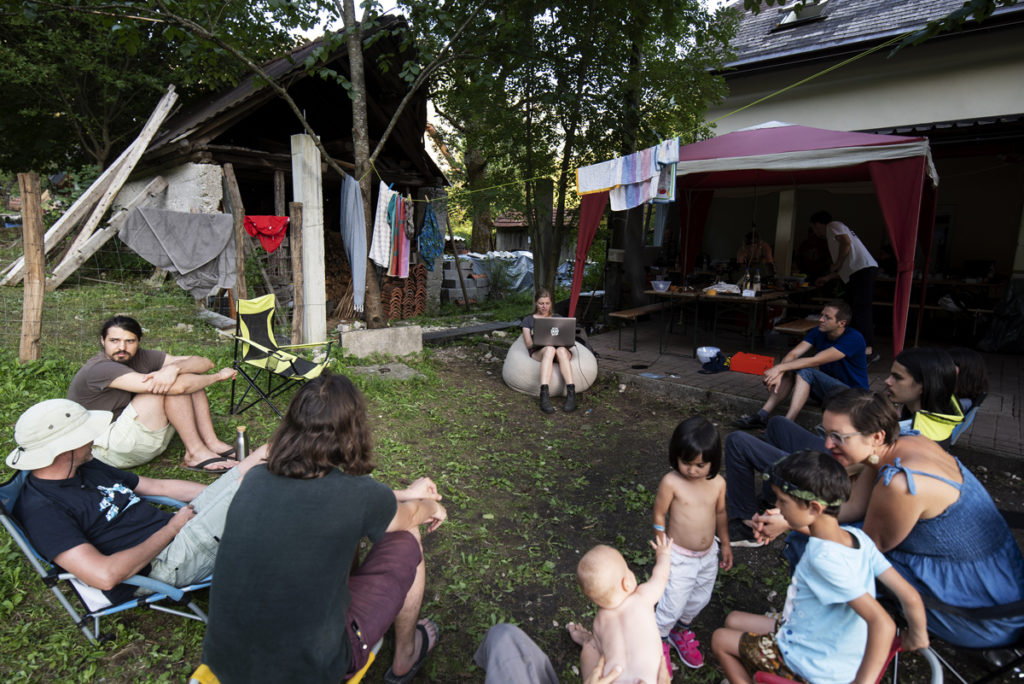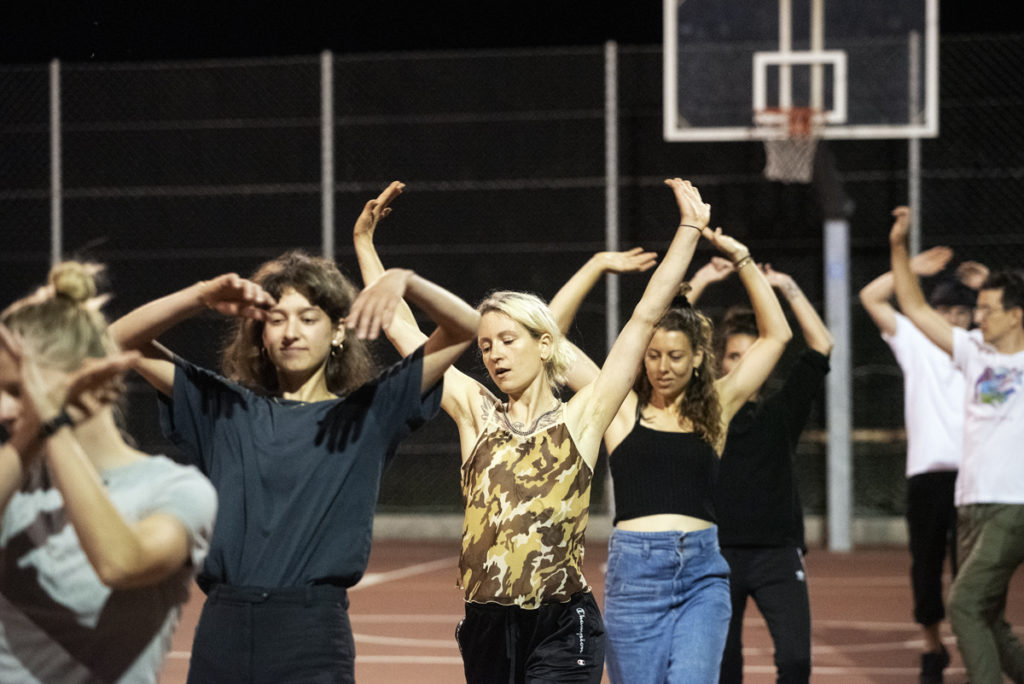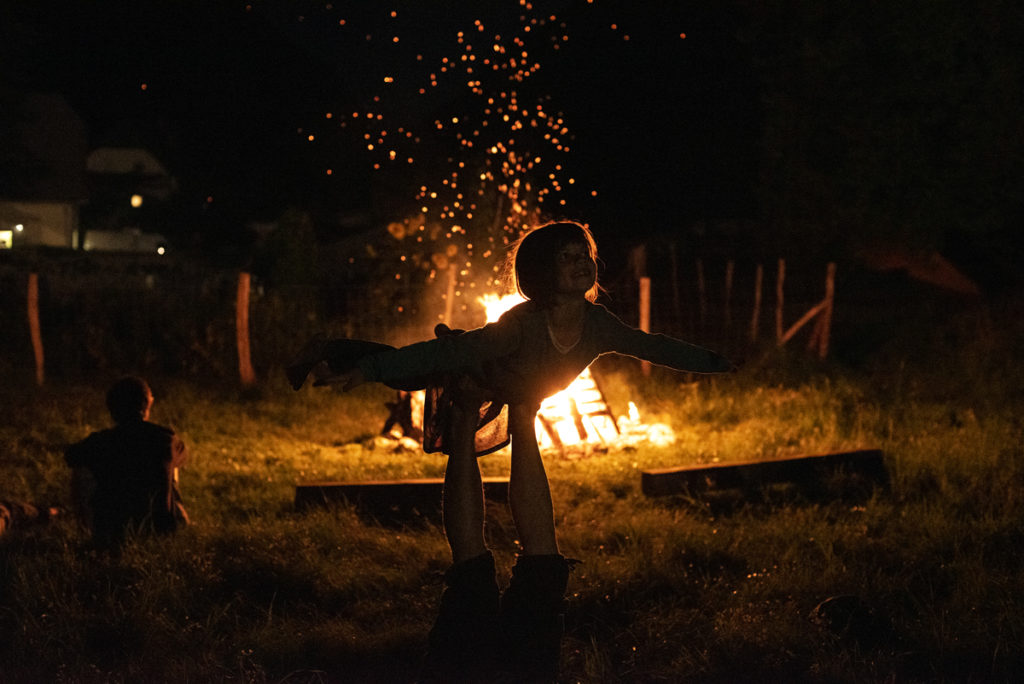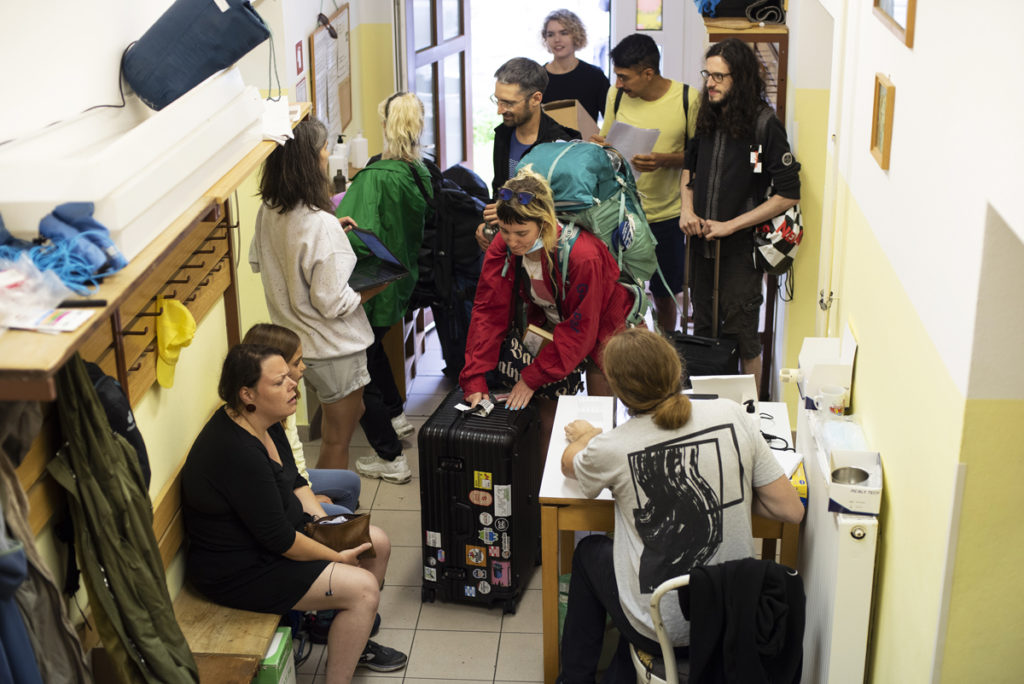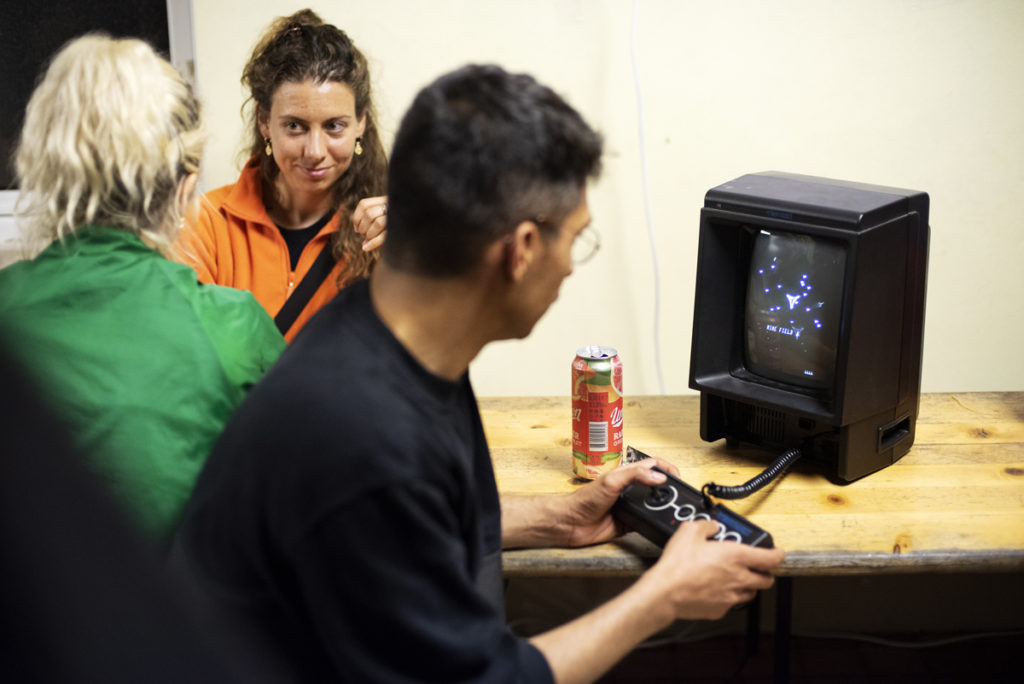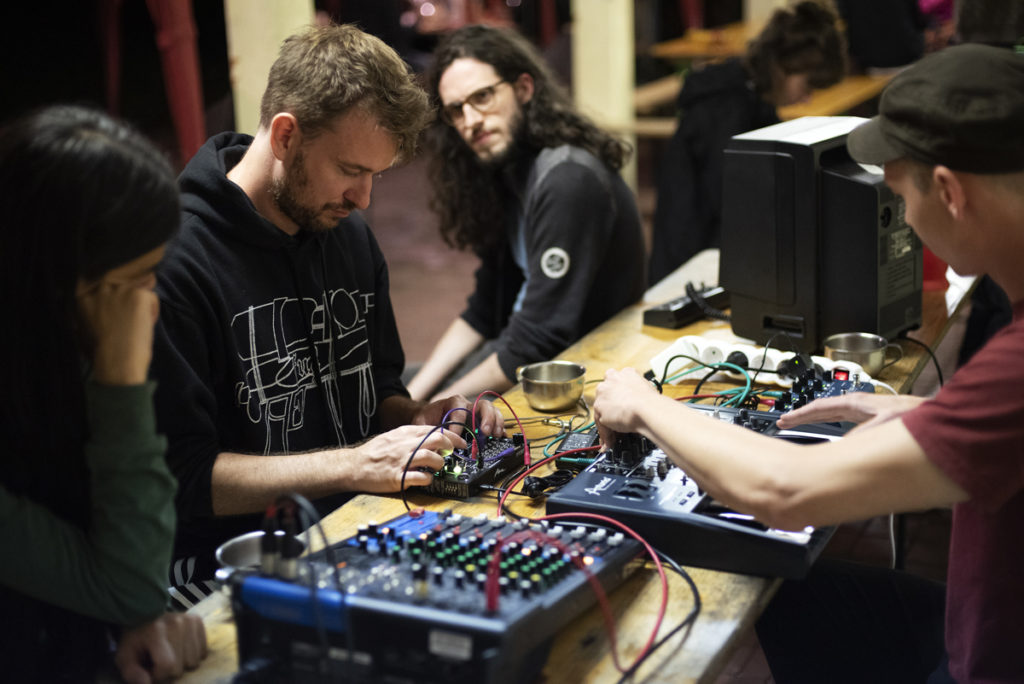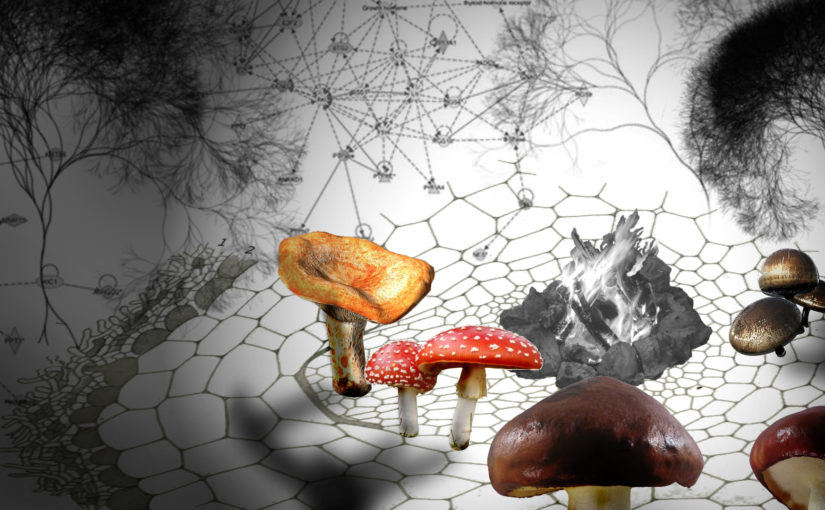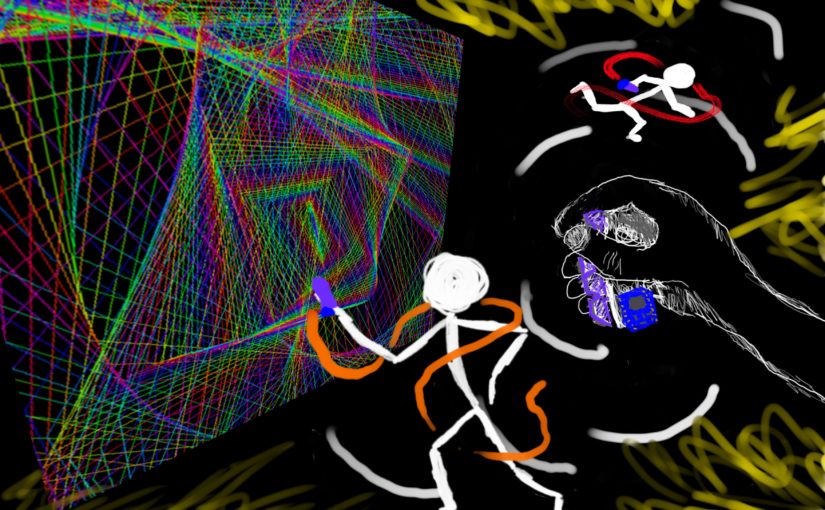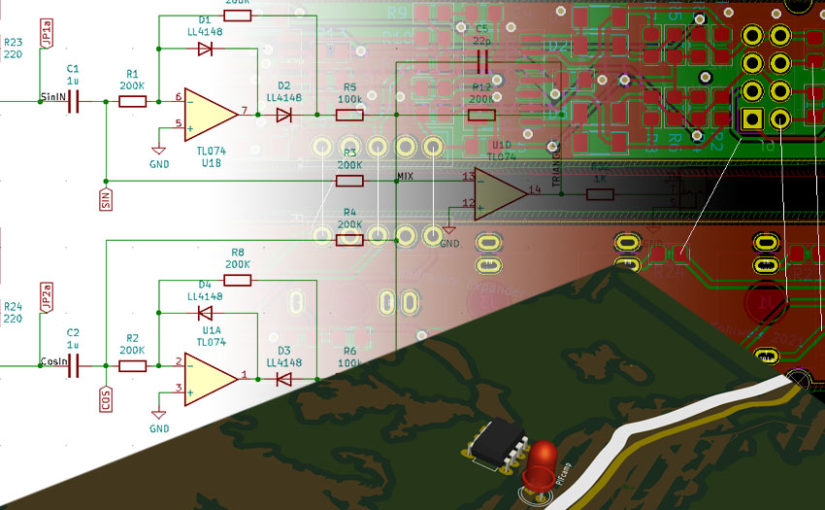The last day at PIF started off with preparations for a busy evening full of project presentations, performances and… a farewell Milky Way themed party!
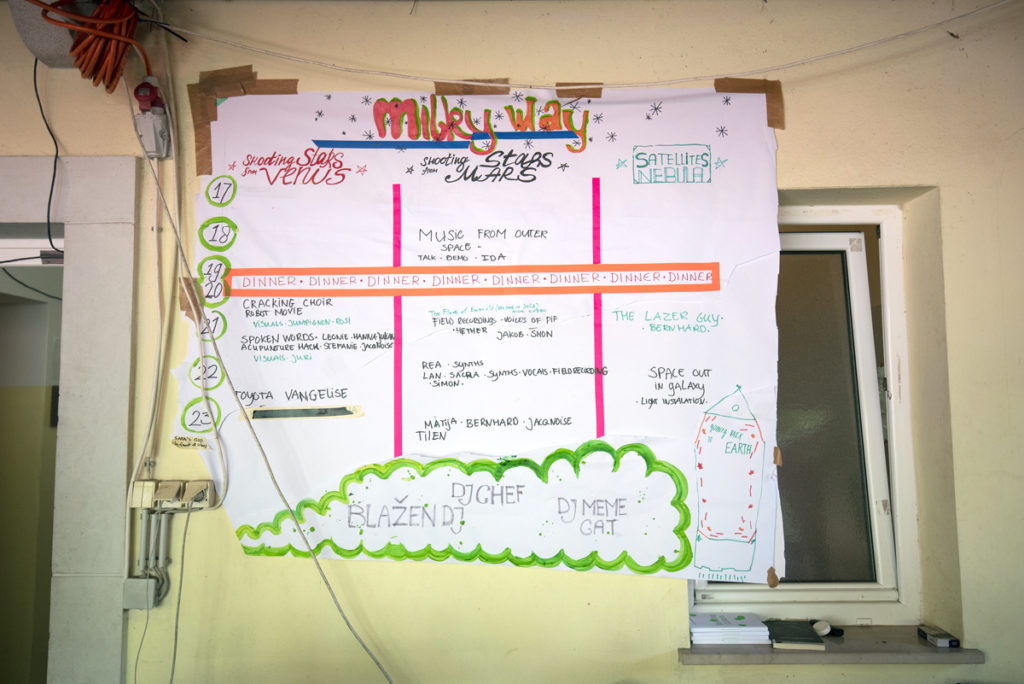
Some of the participants were racing to make the most of the day and to wrap up their projects or gather as much research materials as possible to continue their work after they return back to their labs and studios. Miha Godec for example spent the morning paddling in the Soča river, to acquire footage for his 360 degrees VR work.
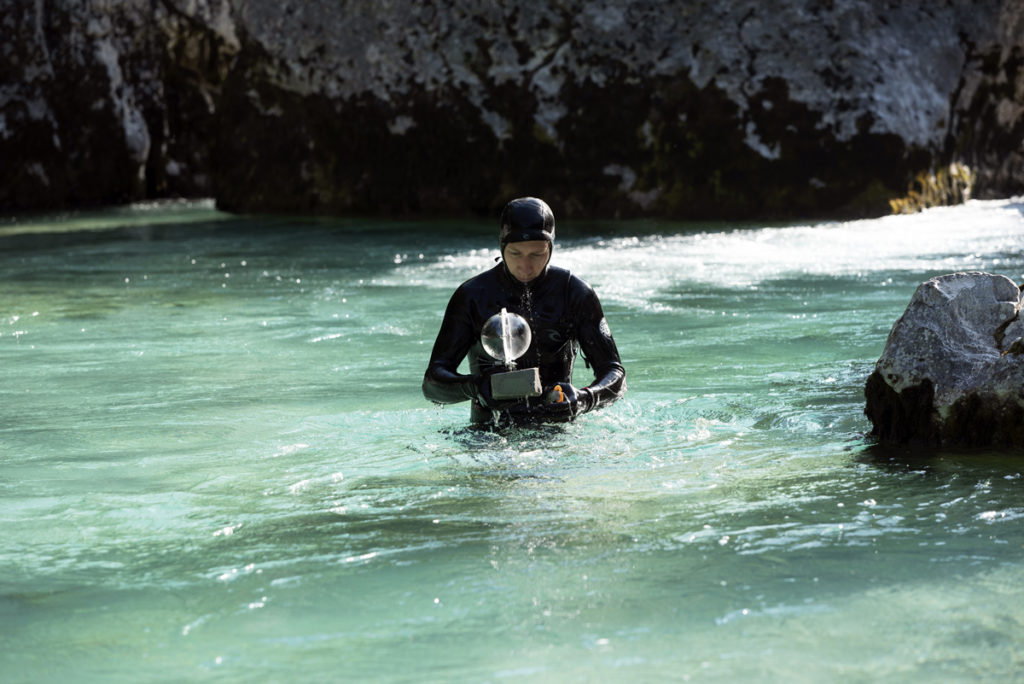
Meanwhile, back in the camp, the others were cramming around the table where T-shirts and other garments were being decorated by this year’s PIF graphics.
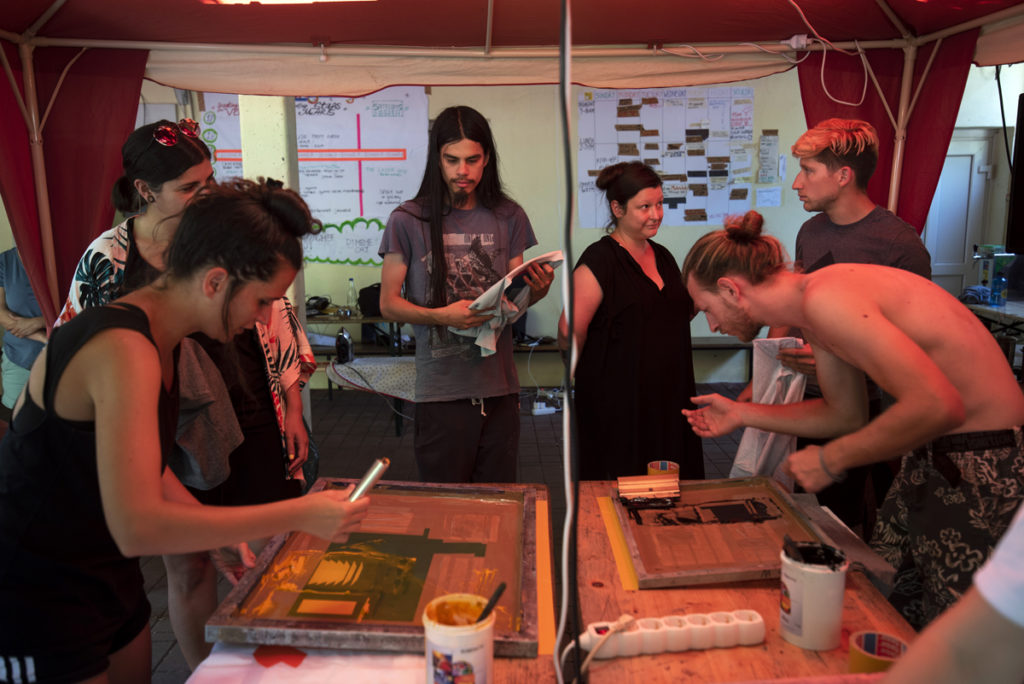
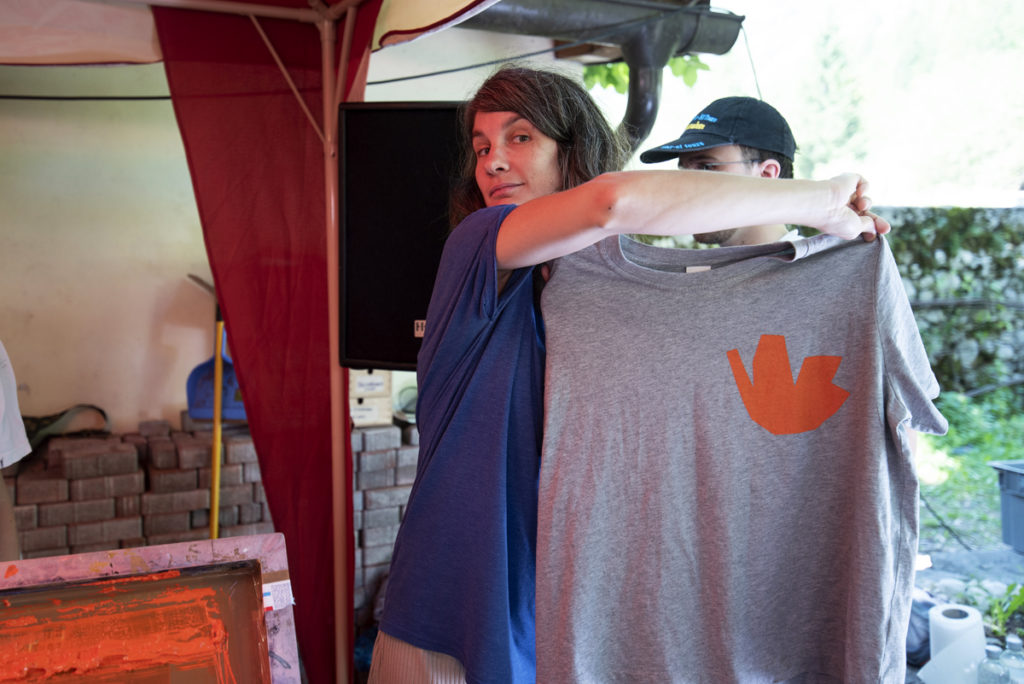
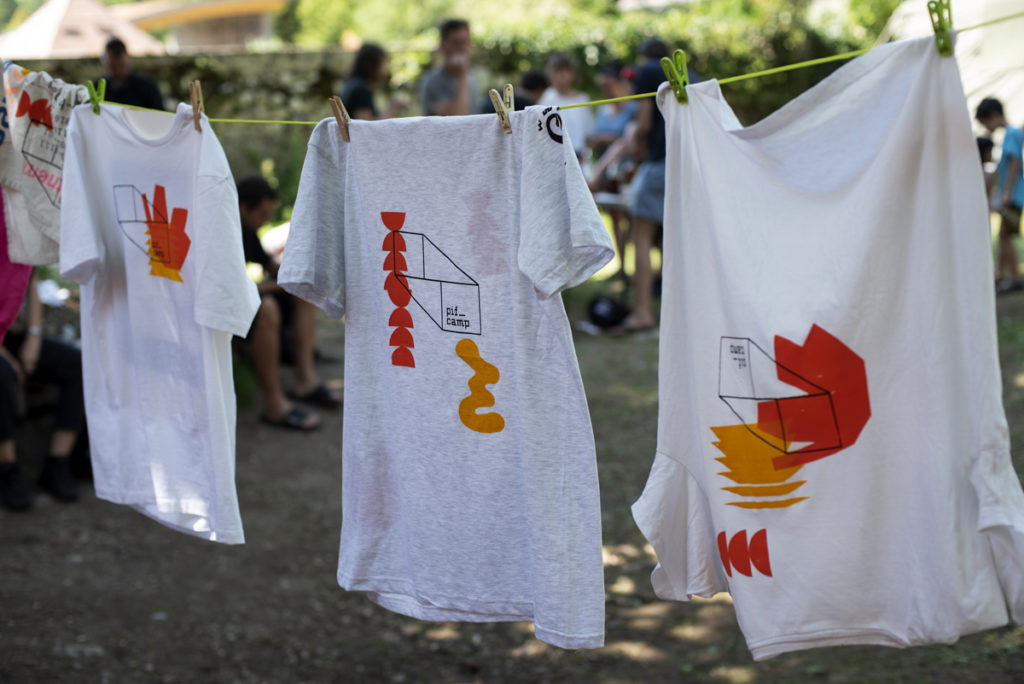
For the whole week the cozy shadow of a nearby tree hosted a pop-up tattoo shop run by Leoni Voegelin, Rodolfo Costa Castro, Julian Jungel and Hannah Perner-Wilson that by now resulted in some very interesting personalized drawings proudly worn by quite many PIFcampers.
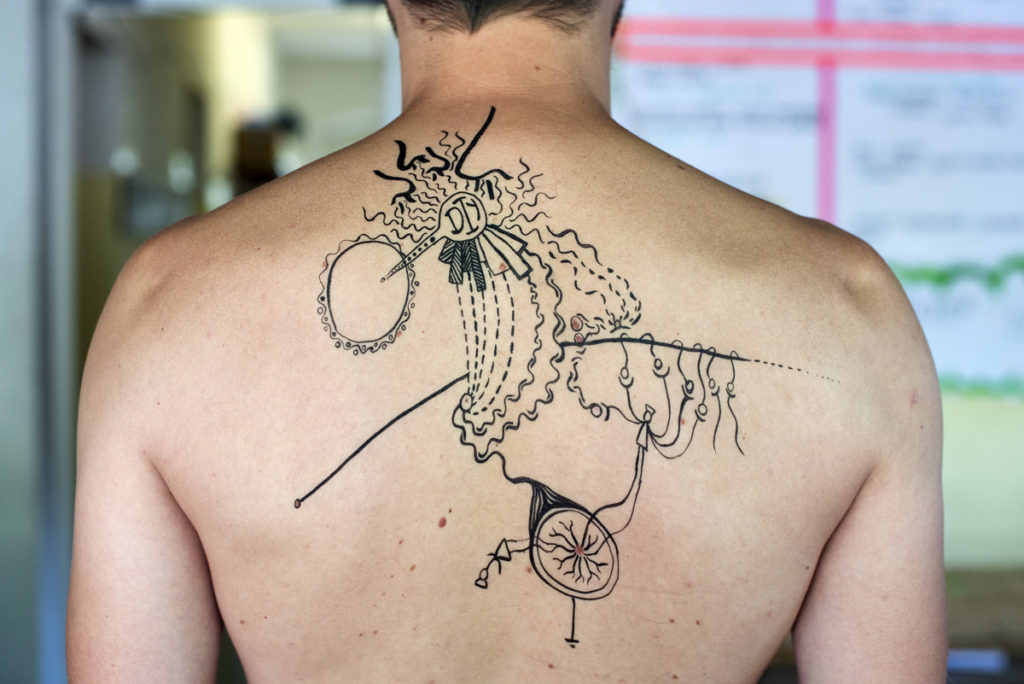
Now, the tree became a storytelling venue for yet another PIFcamp project, when Irene read her mycostories (stories she collected si far about how mushrooms influenced and changed people’s lives) to the gathered crowd.
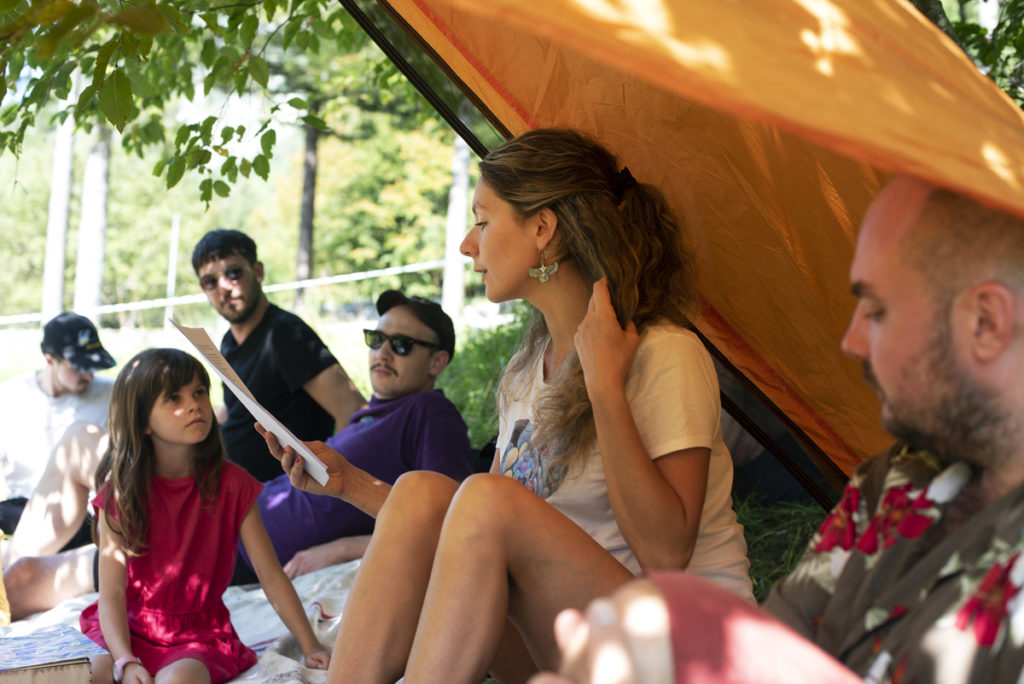
Beepblip (Ida Hiršenfelder) who joined PIFcamp to embark on the expedition to the vast universe of retrofututrist sound has been building a complicated DIY analog synthMusic from Outer Space Sound Lab ULTIMATE since she arrived at Soča. On the last day, she was tucked away in her make-shift studio and focused on preparing the presentation of the work she has done over the week. Her’s was also the first presentation to launch the evening programme of performances that spanned three venues and was masterfully organized by Jacky.
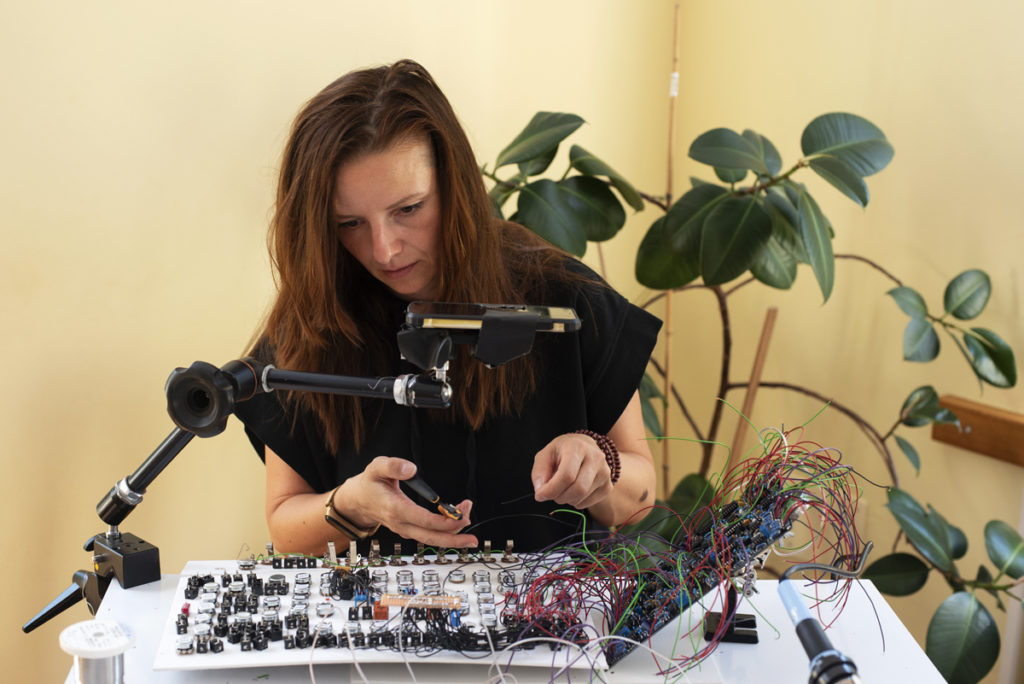
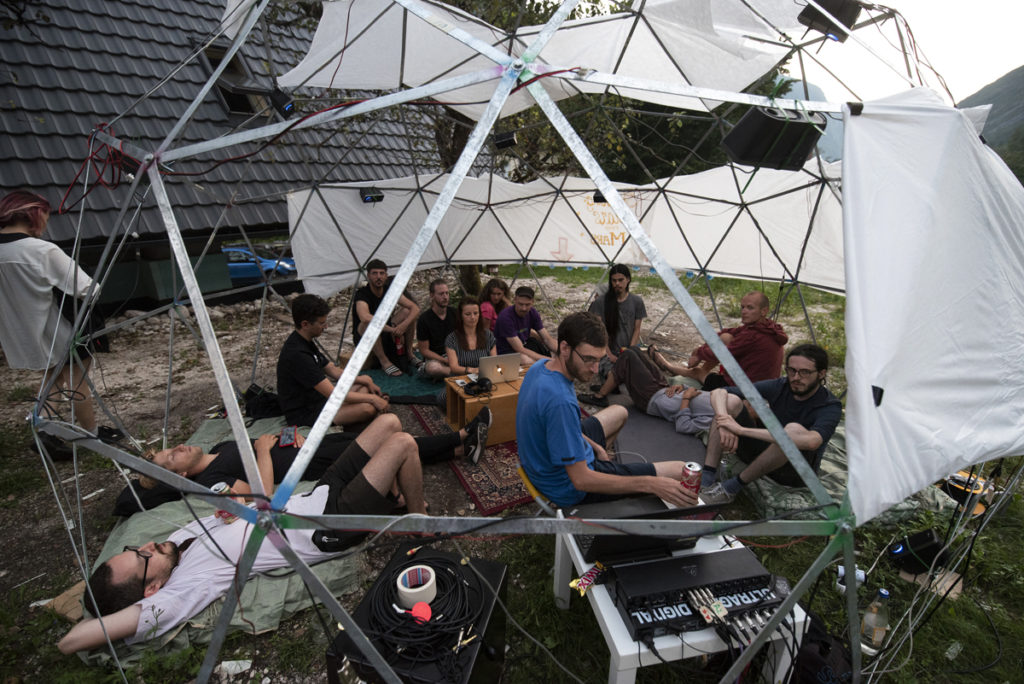
Ida performed in the “DIY ambisonic dome” that is a continuation of last years project by Blaž Pavlica, who experimented with spatial sound synthesis and processing. This time Blaž worked with synthesis of the 3D sound fields and new sound effects possible in ambisonics format with the SuperCollider programming and livecoding environment. The dome, that was for this evening renamed as the “Shooting Stars from Mars” venue, hosted several performances of the last day’s programme.
The second venue was the basketball field behind the school where most of the participants have been staying for the past week. Under the red light of Janez Grošelj’s light installation, the performance of the Cracking Choir and a Robot Chicken Movie screening by Mónica Rikic and Anna Carreras happened but also spoken word performance by the tattoo crew, Voices of PIF field recordings by Heather, and an acupuncture hack performance by Stephanie and her son, accompanied by sound by Jacky Noise and visuals by Jurij. Later the basketball field served also as a stage for Jesus on Ecstasy and Toyota Vangelis.
Besides the “dome”, Bernhard set up his laser to once again create some stunning projections on a nearby tree, while Tilen and Matija played their sets.
When the bonfire slowly started to wane, the PIFcampers moved to the dancefloor to heat up the atmosphere. The dance turned into a small rave that crowned the conclusion of the seventh edition of PIF. We hope there are many more to come!
